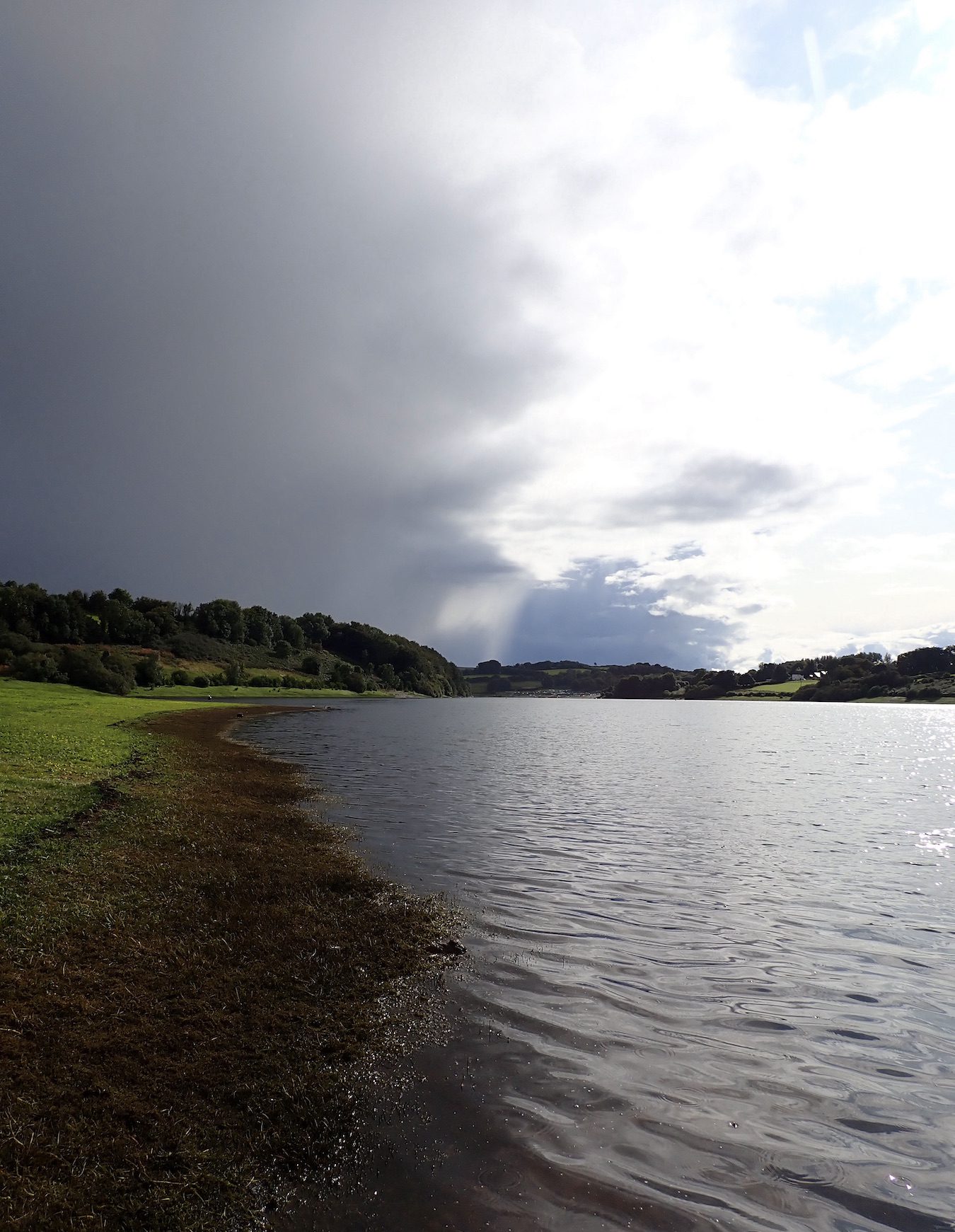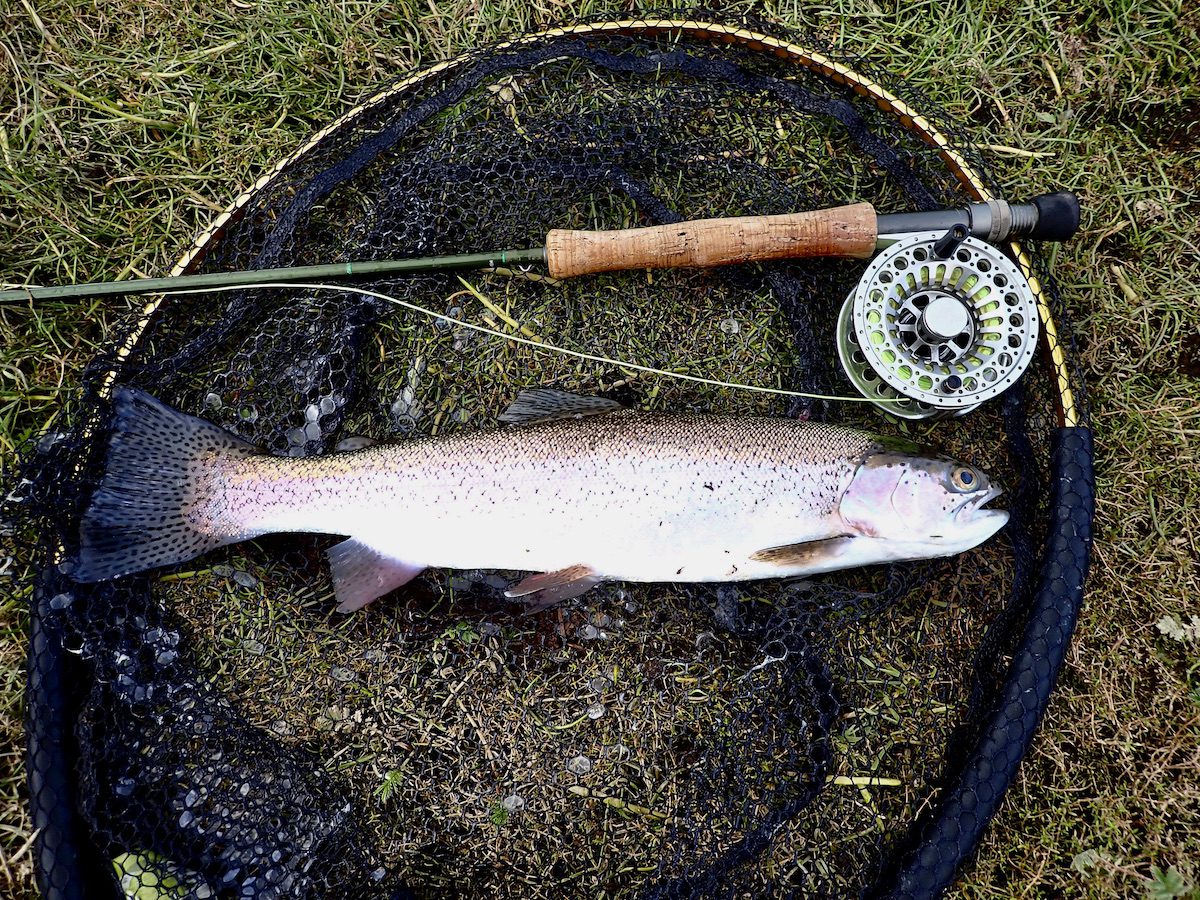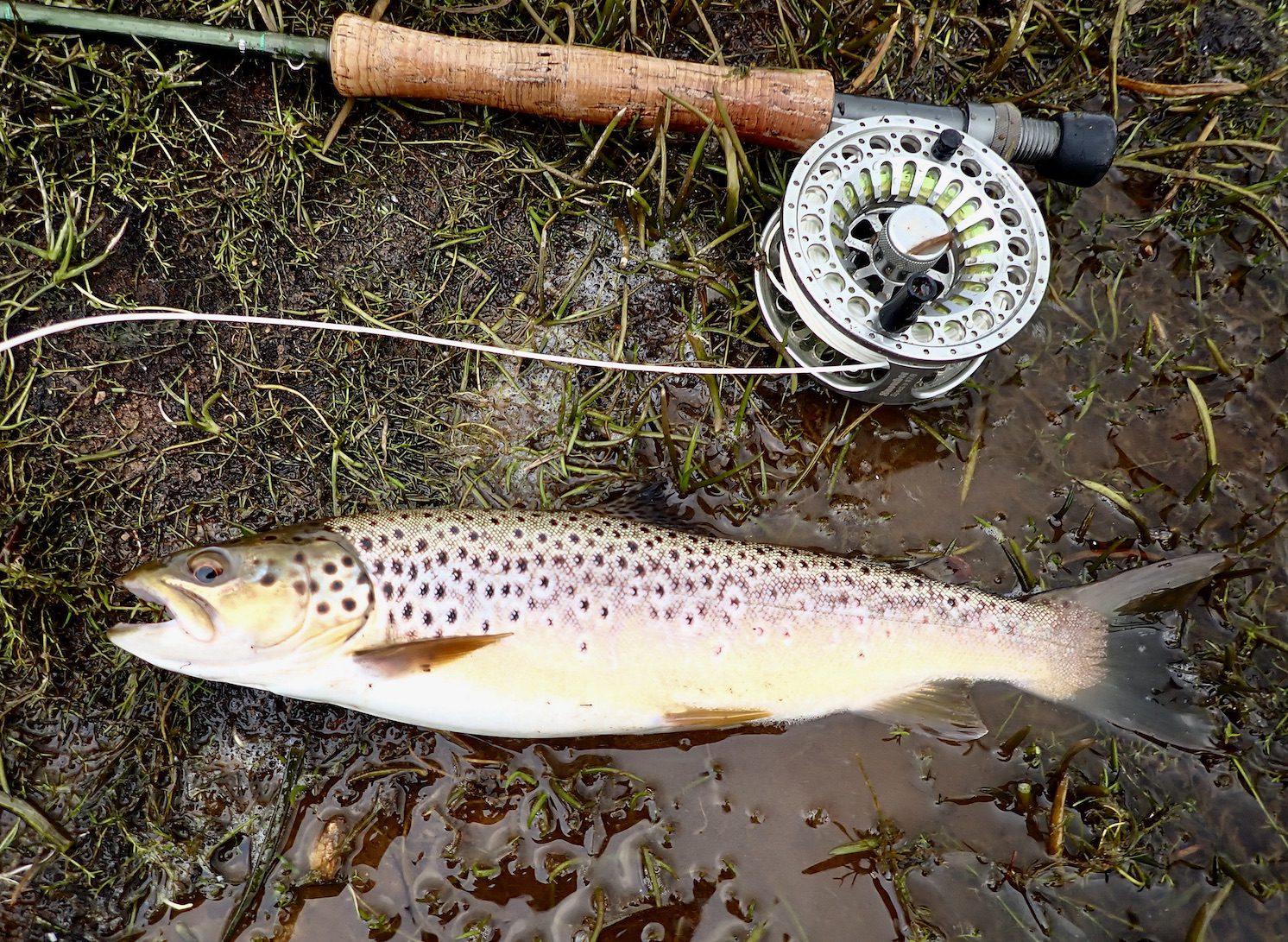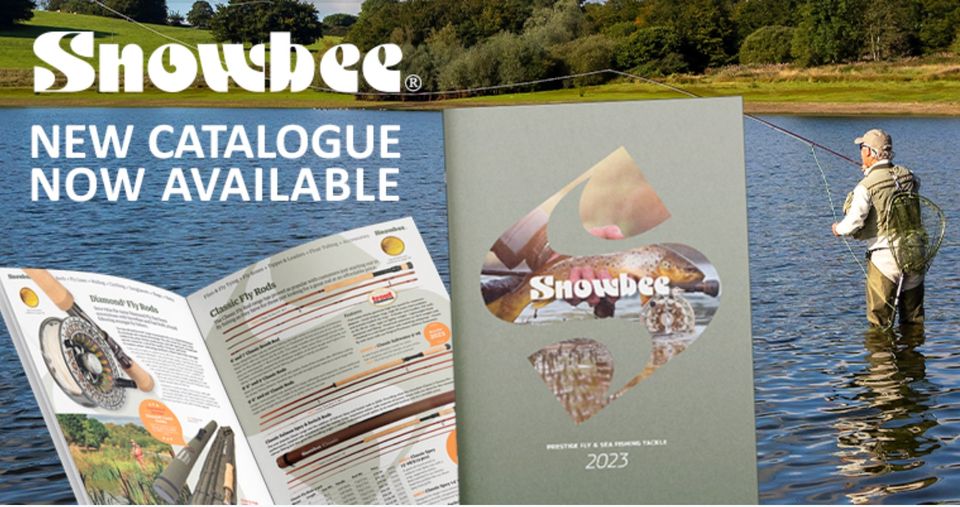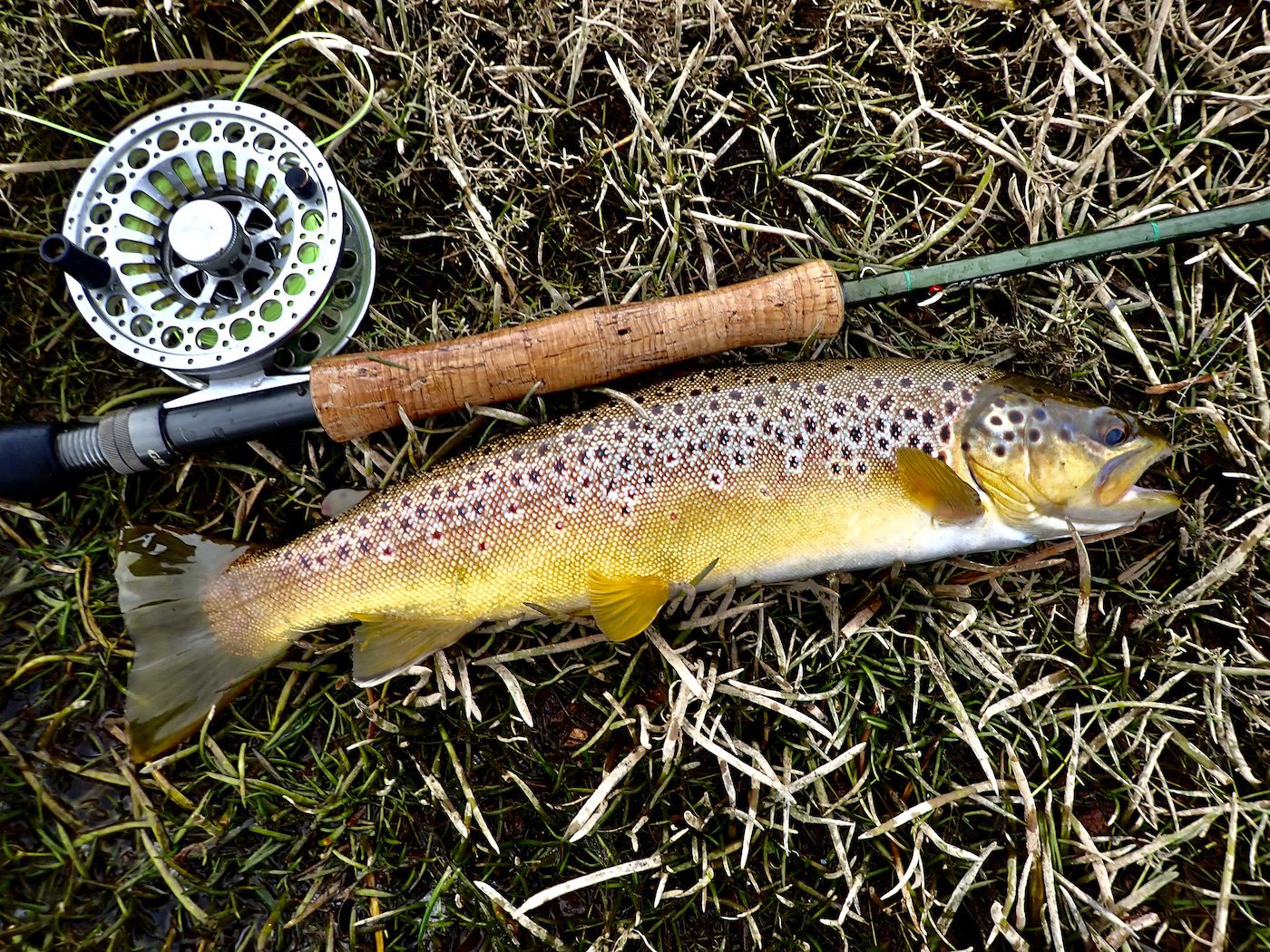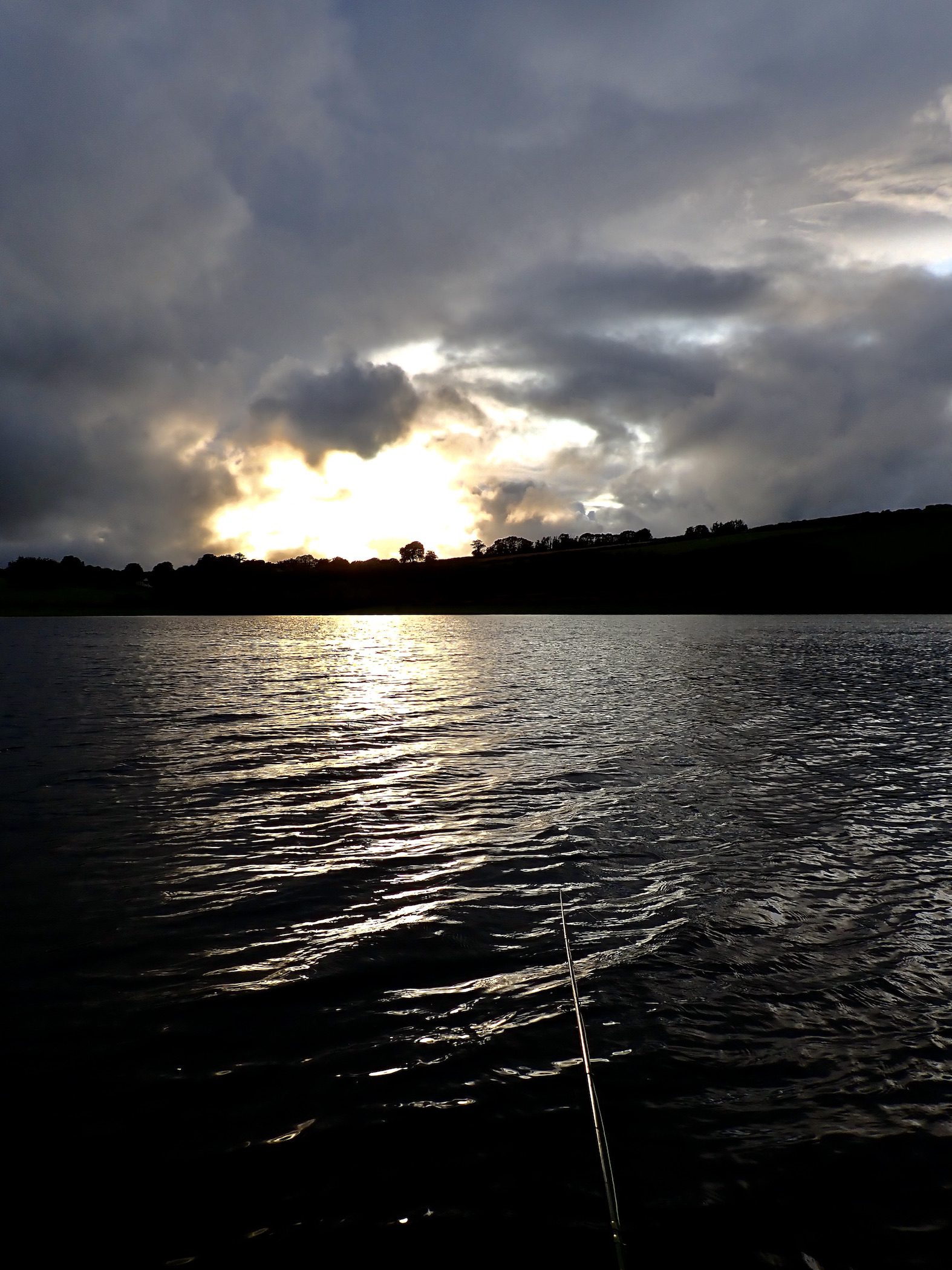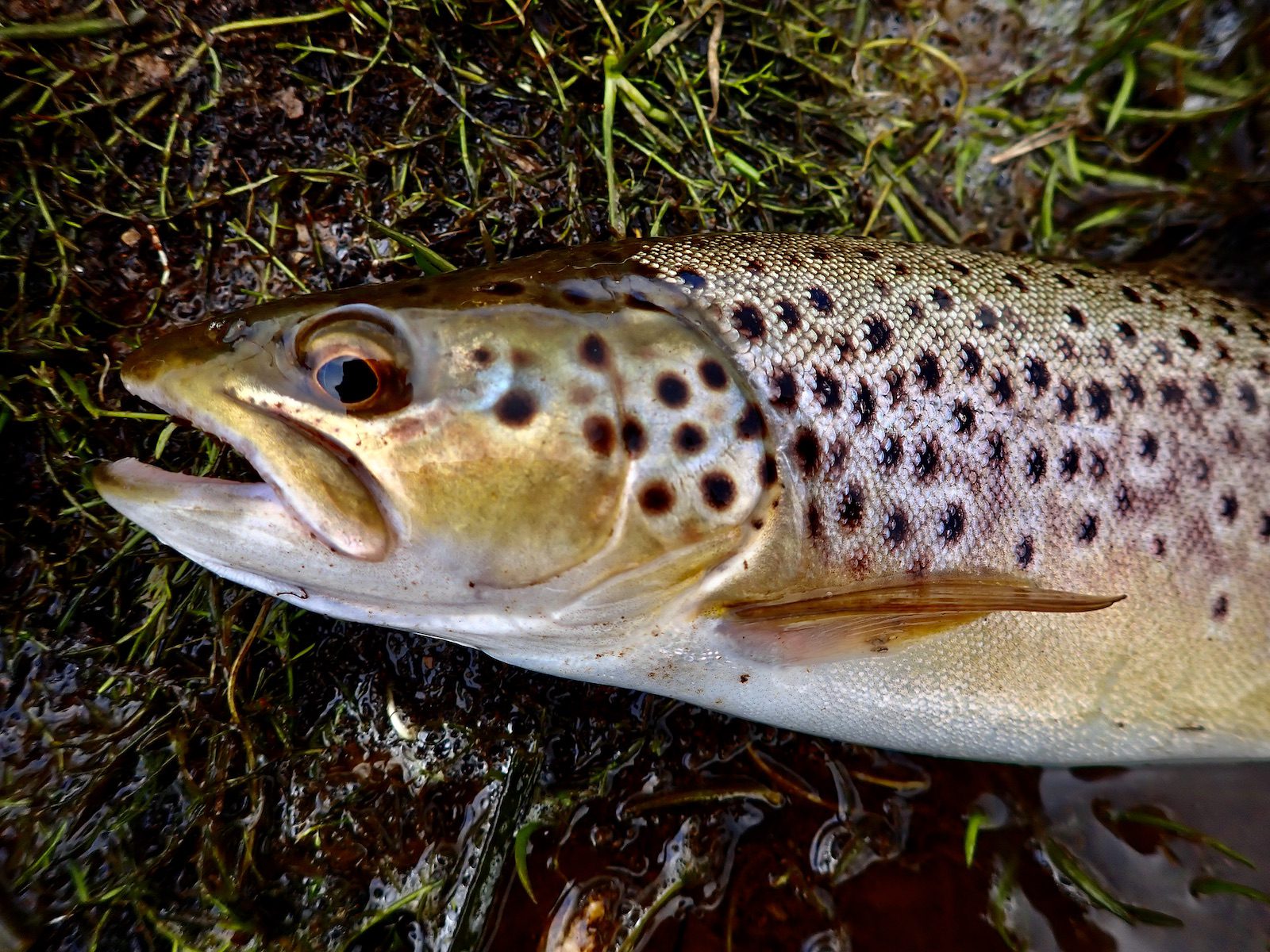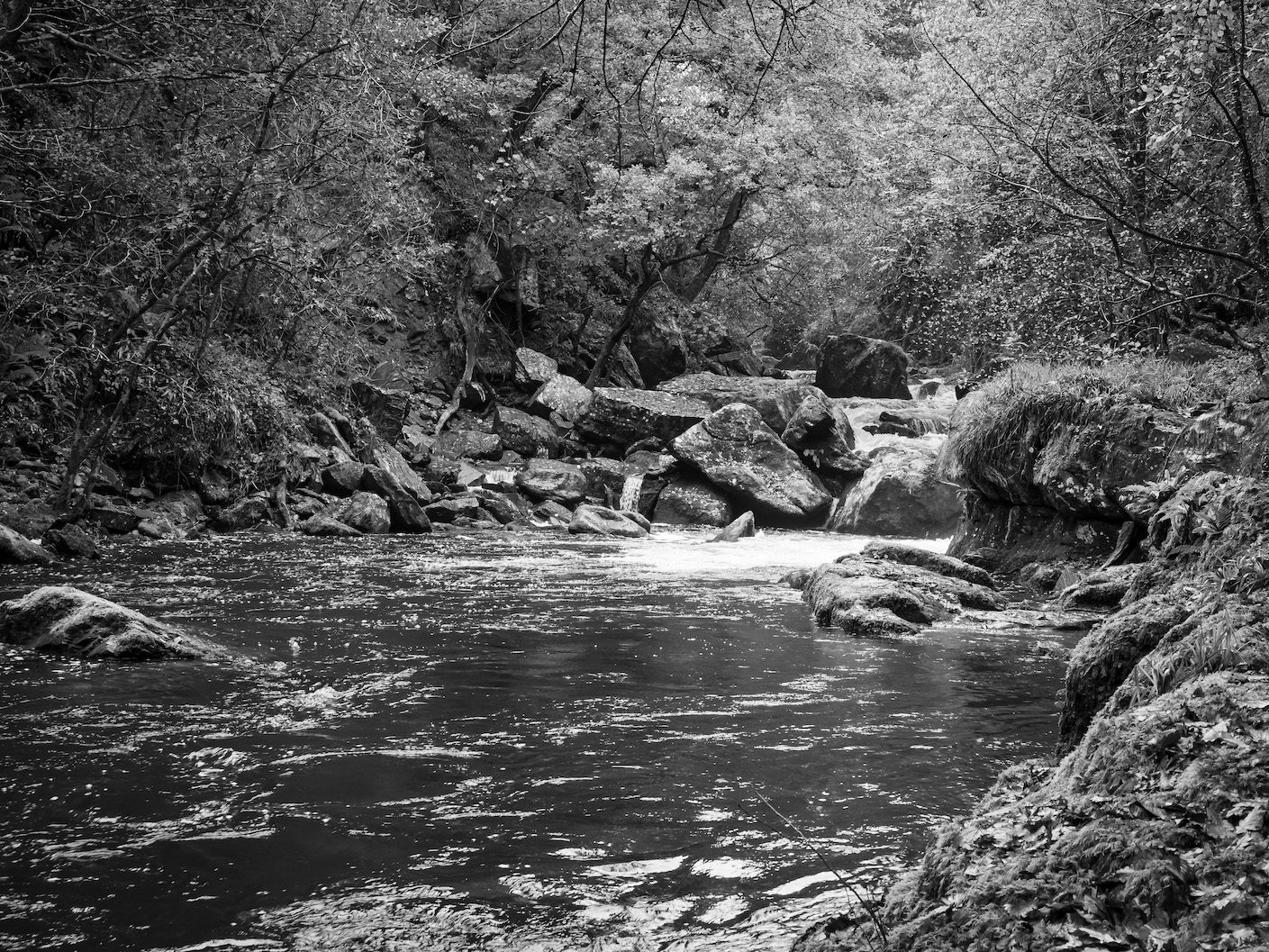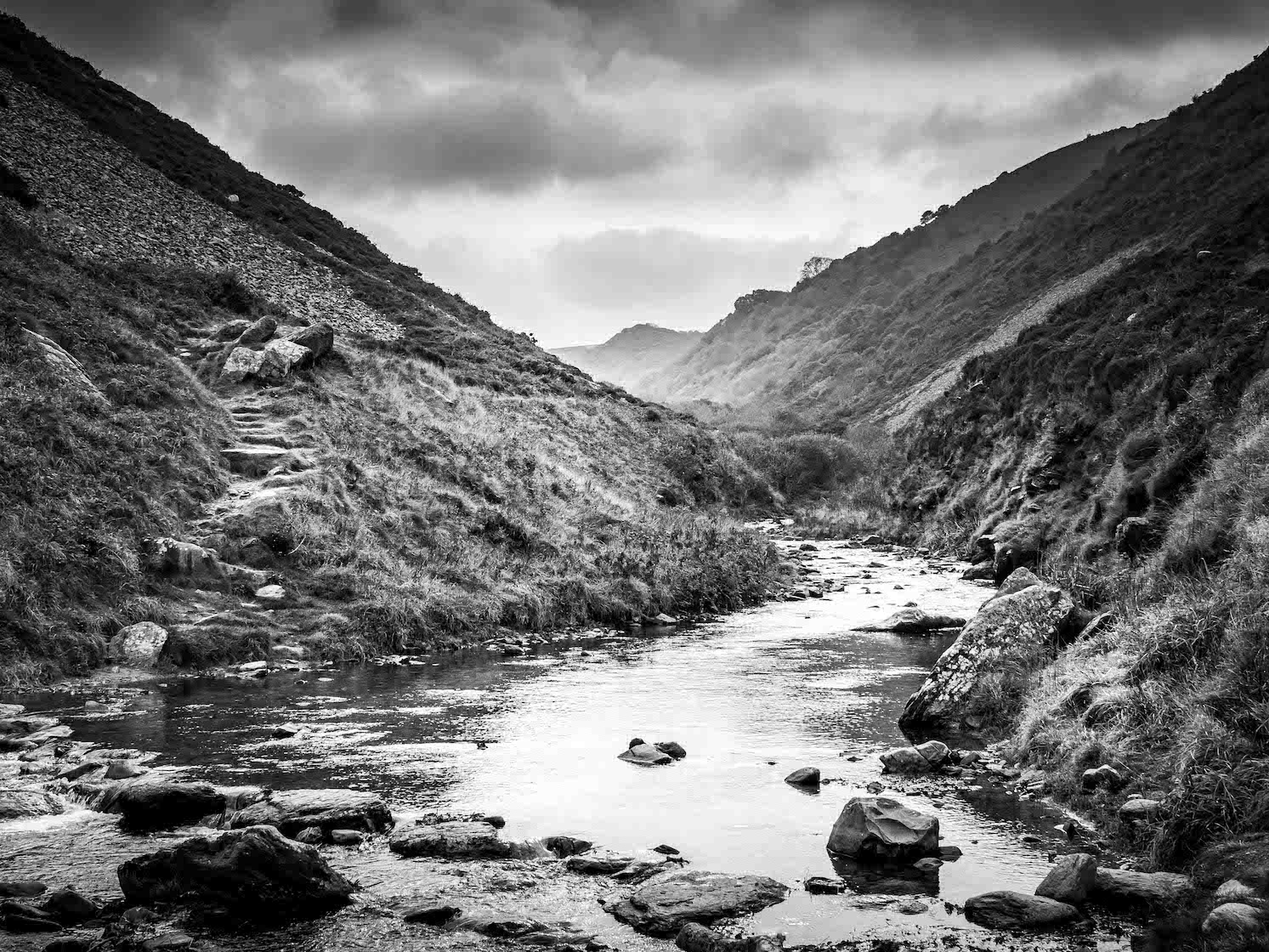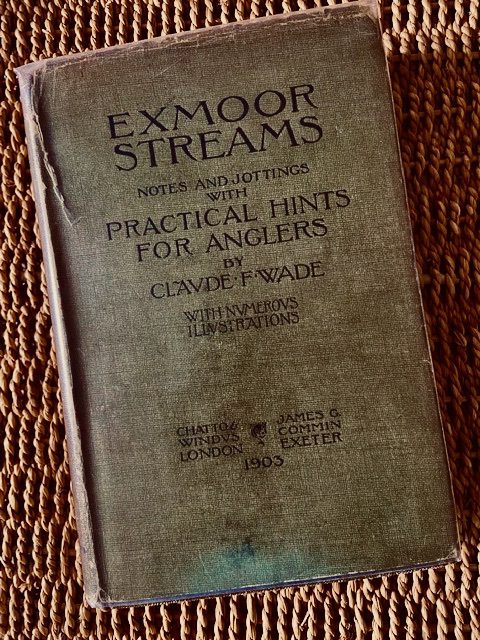Tumbling clear waters have carved valleys between the undulating hills of Exmoor over millions of years. The River Exe from which Exmoor gets its name flows from Exe head near Simonsbath to Exmouth a distance of 60 miles. It’s major tributary the River Barle merges with the Exe a couple of miles below Dulverton a spot immortalised in the rare book ‘Philandering Angler’ by Arthur Applin. Applin reminisces about the ‘Carnarvon Arms’ waters and a “trout fat as butter with belly like gold”. And also in that classic tome “Going Fishing’ by Negley Farson. Farson writes of “an imperturbable scene which fills you with content”.
Both authors are well travelled especially for the era in which they wrote and yet there is great affection for the humble brown trout of the Exe and Barle.
Exmoor has a rich literary history that has it seems to be ongoing with Michelle Werrett’s latest book ‘Song of the Streams’ a book that is set to become a classic of its genre.
Sadly the ‘Carnarvon Arms’, a country Inn with a rich history is now converted into flats. A fate that has befallen many fine Country Hotels.

Fortunately those crimson spotted wild brown trout with bellies of gold are still abundant throughout the Exe and Barle and can be fished for at a very reasonable cost.
I joined Dulverton Angling Association a couple of years ago with the intention of exploring their eight beats of fishing on the Upper Exe and its tributaries. And so on a warm and sunny 1st of June I walked into Lance Nicholson’s shop to enquire if any beats were available. This was only a short session with Pauline joining me to relax and read a book at the water’s edge whilst I explored the river.

We were advised that the Stoats Tail beat was available and would tick all the relevant boxes. The beat is half a mile or so of fishing that runs up from the main road bridge in the town to the weir in which I often spot trout and the occasional salmon when I sometimes pause for a look in the river on route to this delightful moorland town.
Swifts were gliding above the roof tops in the hazy blue sky as we walked to the river their high pitched screeches a truly evocative sound of summer.
After passing through the gate to the riverside we followed the pathway through into the meadow where Pauline found a shady spot to read whilst I scrambled down the tree lined bank to the river.


There is surely no better place to be than beside a West Country River in late May or early June. The lush fresh green leaves provided a fine frame to the river as it tumbled over boulders and between rocky gorges.
The water was as clear as gin, as I clambered over the slippery rocks I noted that the pools were deceptively deep. I started to explore the pools and runs with a bushy dry fly. Nothing showed for the first hundred yards or so but in a large pool below a split in the river a good sized trout rose to the fly. Whilst I failed to connect I was encouraged and after resting the pool for fifteen minutes returned with a change of fly. Once again a fish rose but I again failed to connect.



Above the rapids there was a tempting looking run overhung by a holly bush. I guessed where a fish might lie and on the second cast there was a splashy rise and I was connected to a handsome Barle trout of perhaps 10”.

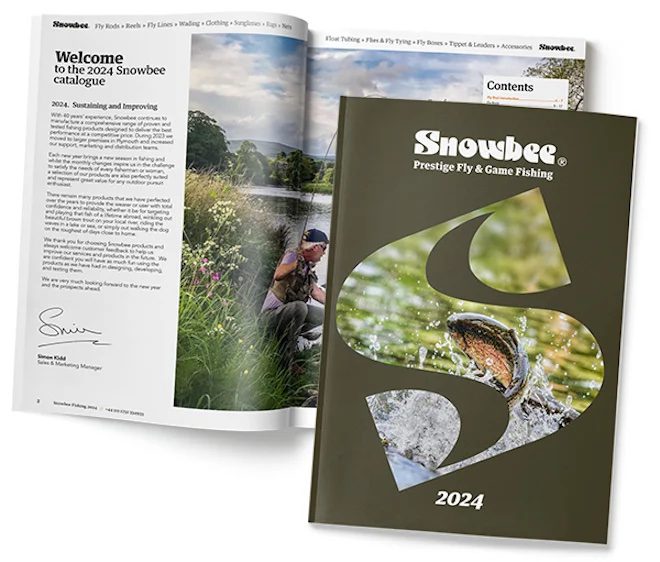

I looked upriver, contemplated exploring further but decided to quit whilst I was ahead and returned to Pauline. As we strolled back through the meadow we noted how delightfully detached we were from the town that was hidden from view behind the wooded river.

The following morning I once again set off across Exmoor’s winding roads as the early morning sun streamed through the vibrant green of fresh leaves. The destination was Wimbleball Lake in search of its hard fighting rainbows.
I would be joining fellow members of South Molton & District Angling Club.
I had left it too late to book a boat and headed for the bank of Rugg’s bay where I have enjoyed good sport in the past.
The path to the lake was lined with vivid yellow buttercups and birdsong drifted through the cool morning air.

A light North wind was creating a gentle ripple across the lake; I waded out into the cool water and put out the team of three flies, a black bead headed spider on the point, a black pennel on the middle dropper and a foam black buzzer on the top dropper.

After half a dozen casts the line zipped tight and a trout cartwheeled from the water. A handsome wild brown trout of close to 1lb graced the net. These are wild trout descendants of the trout that lived in the River Haddeo, before the lake was completed back in 1979. I admired the trout briefly before letting it swim back into the clear waters of the lake. A few weeks ago a wild brown trout estimated at around 7lb was tempted from the lake. I noted the large numbers of fry swimming around me as I stood waist deep. During late summer and autumn the wild browns can often be seen harassing the tiny fry in the margins. With such an abundance of food it will surely be only a matter of time before someone hooks into a double figure wild trout?

A few minutes later a hard fighting rainbow of around 2lb took the tip fly and was duly despatched.
South Molton and District Angling Club Chairman Ed Rands and a boat partner arrived fifty yards or so away and dropped anchor. They gave a me a cheery wave as I hooked into another hard fighting rainbow.

During the following hour I hooked several more rainbows and noticed that the tip fly was showing signs of stress. I used forceps to bend it back into shape after landing four rainbows of around 2lb with one or two others coming adrift.



I secured a self-portrait with the fish and held it aloft for Ed and fellow club members to witness. The fish had completed my five fish limit so it was catch and release from now on.
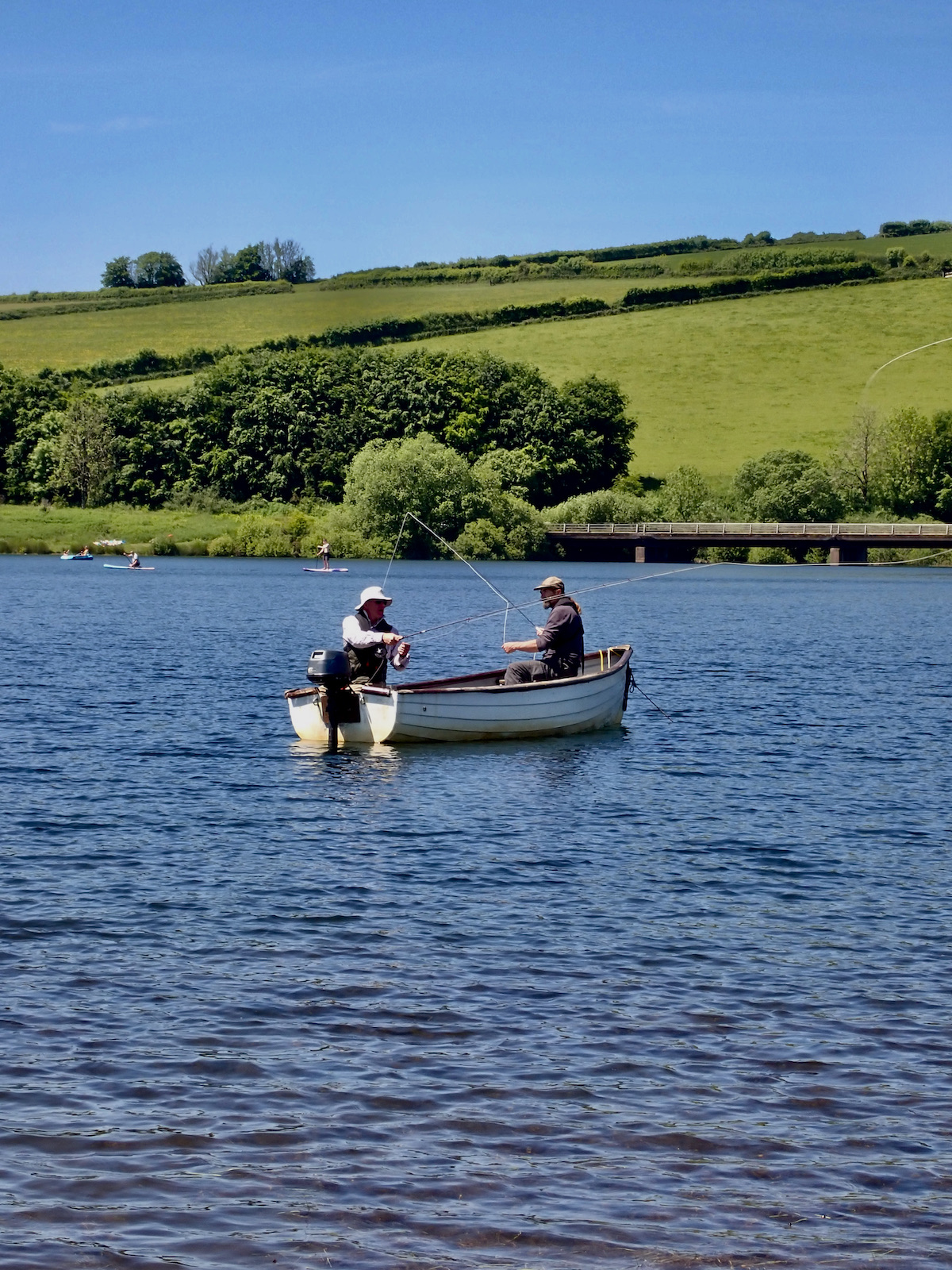
Several coch-y-bunddu beetle could be seen drifting on the water and it was these that I guessed the trout were feeding upon. A fact that was confirmed when one of the trout regurgitated numerous beetles that drifted away as I unhooked the fish. I expect the next few weeks will produce the cream of the years sport as the trout turn on to this annual feast.
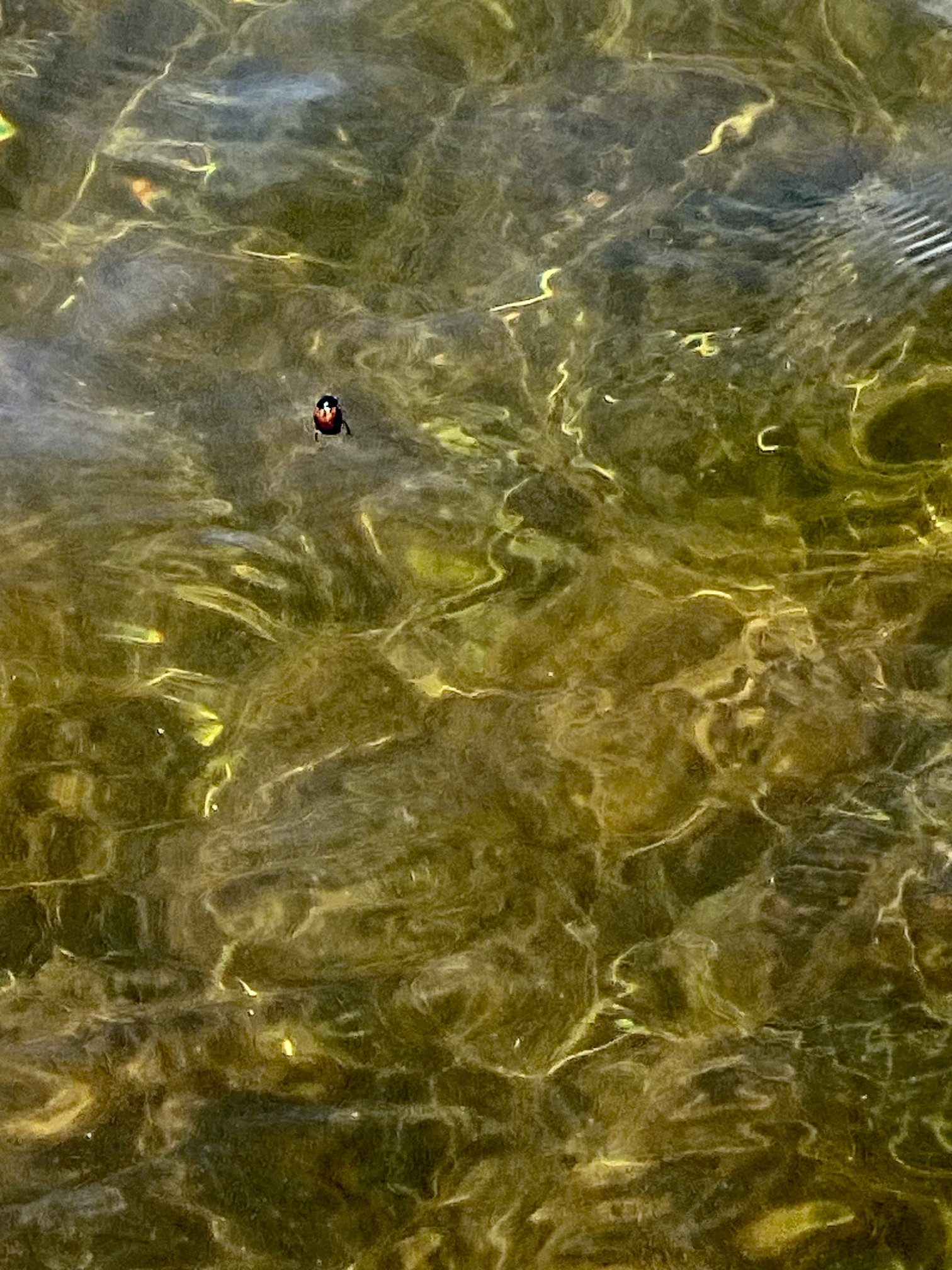
To my surprise the boats fishing out in the bay were not catching despite several fish rising in their proximity. Ed and his boat partner even beached their boat and came over for a chat. I showed them my flies and set up telling exactly how I was presenting my team of flies.

Despite this I continued to catch returning ten more hard fighting rainbows to an estimated 4lb whilst my fellow club members remained fishless. Sometimes success in fishing comes through a slice of luck or some subtle detail that whets the fishes appetite on that day.


I packed away my tackle at around 2.00pm very content with my days sport. I will undoubtedly be back soon. Chasing Exmoor trout in both running and Stillwater. News that Tarr Steps Farm are now selling day tickets for both trout and salmon is certainly on the to do list. I have fond memories of fishing the Tarr Steps Hotel Water several years ago and treasure the memory of a grilse caught on the day of Princess Diana’s funeral back on September 6th, 1997.
The Tarr Steps Hotel has sadly closed a contributary factor is undoubtedly the dramatically declining runs of salmon. I remember spotting several dozen salmon in a days fishing. The fishing was often exceptional as the river fined down after a spate and my visits failed to coincide with that magic taking period. The salmon could be spotted though in abundance. Today the salmon are very scarce and hard to find whilst the wild brown trout are thriving a sign perhaps.

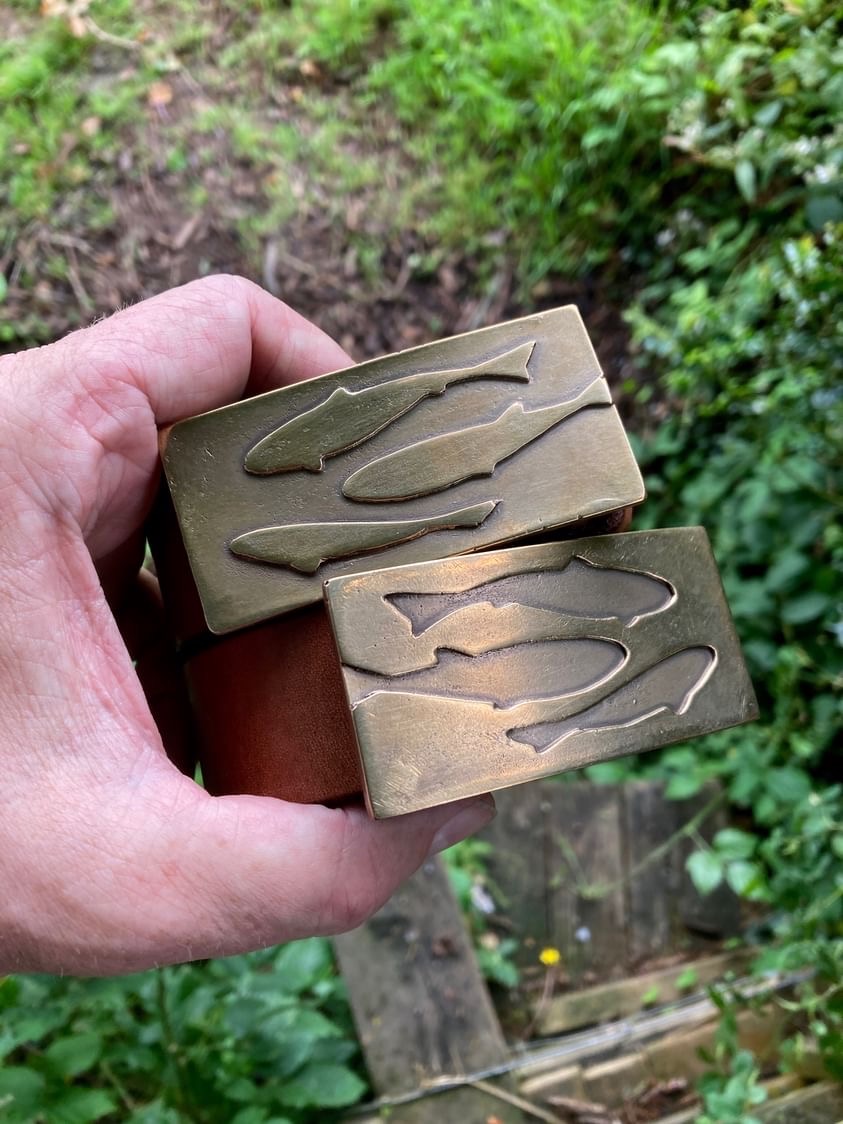
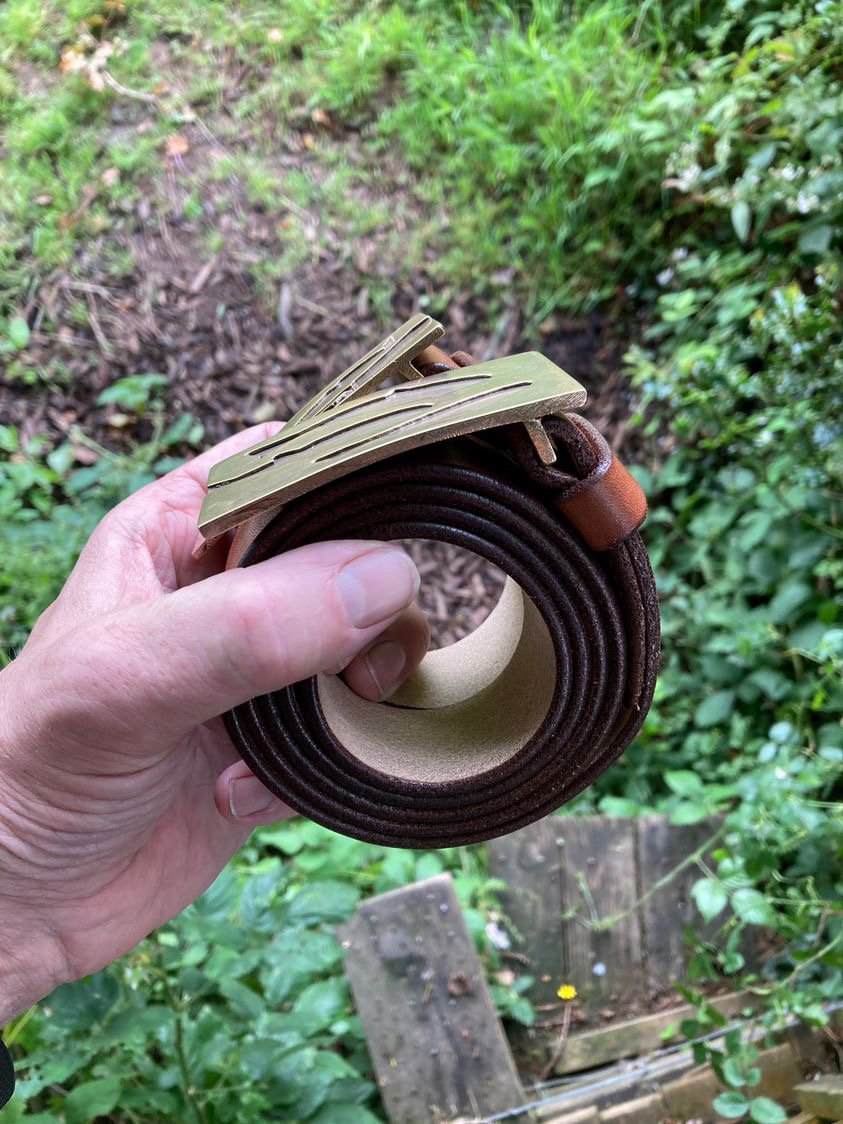

























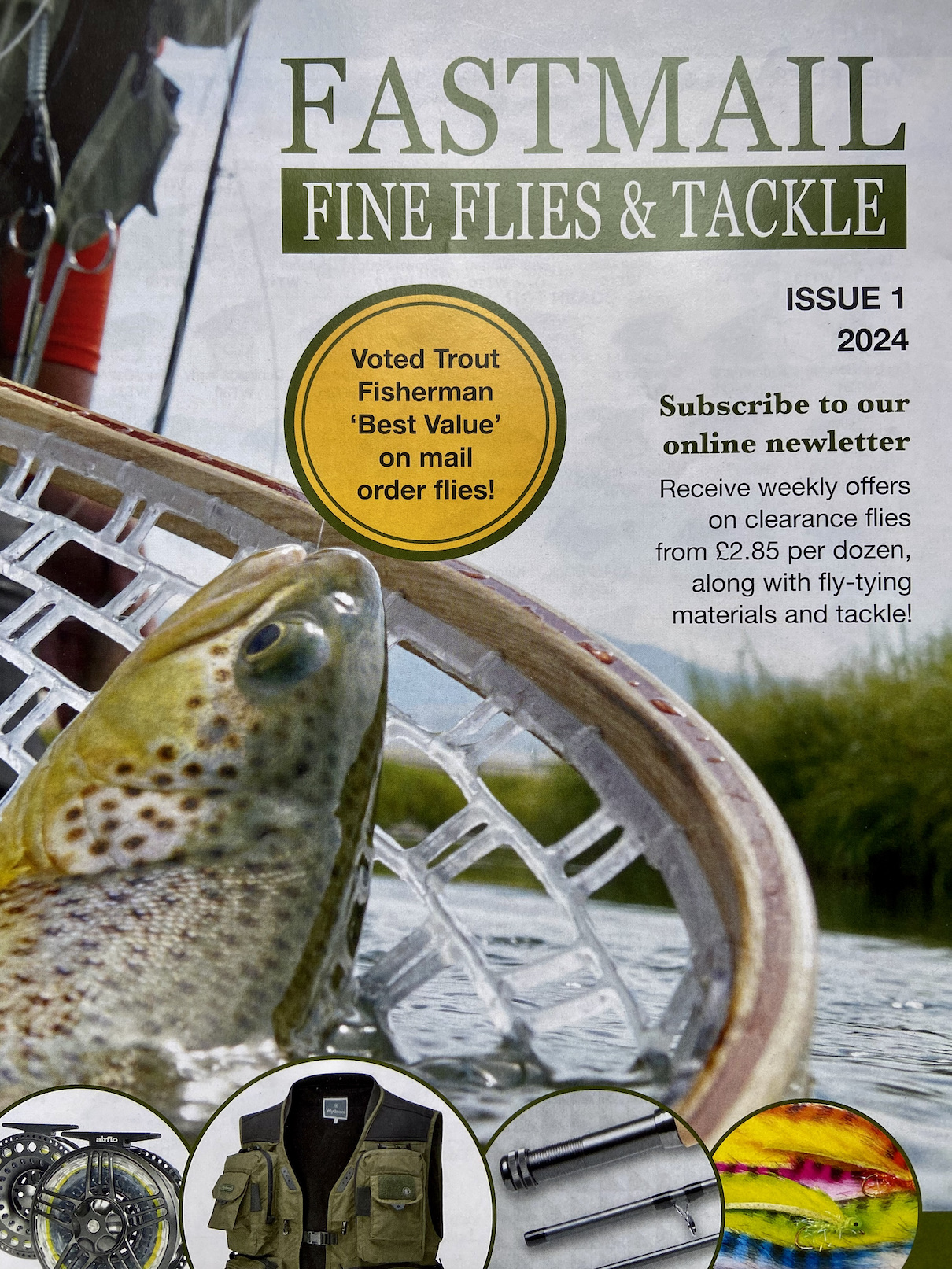
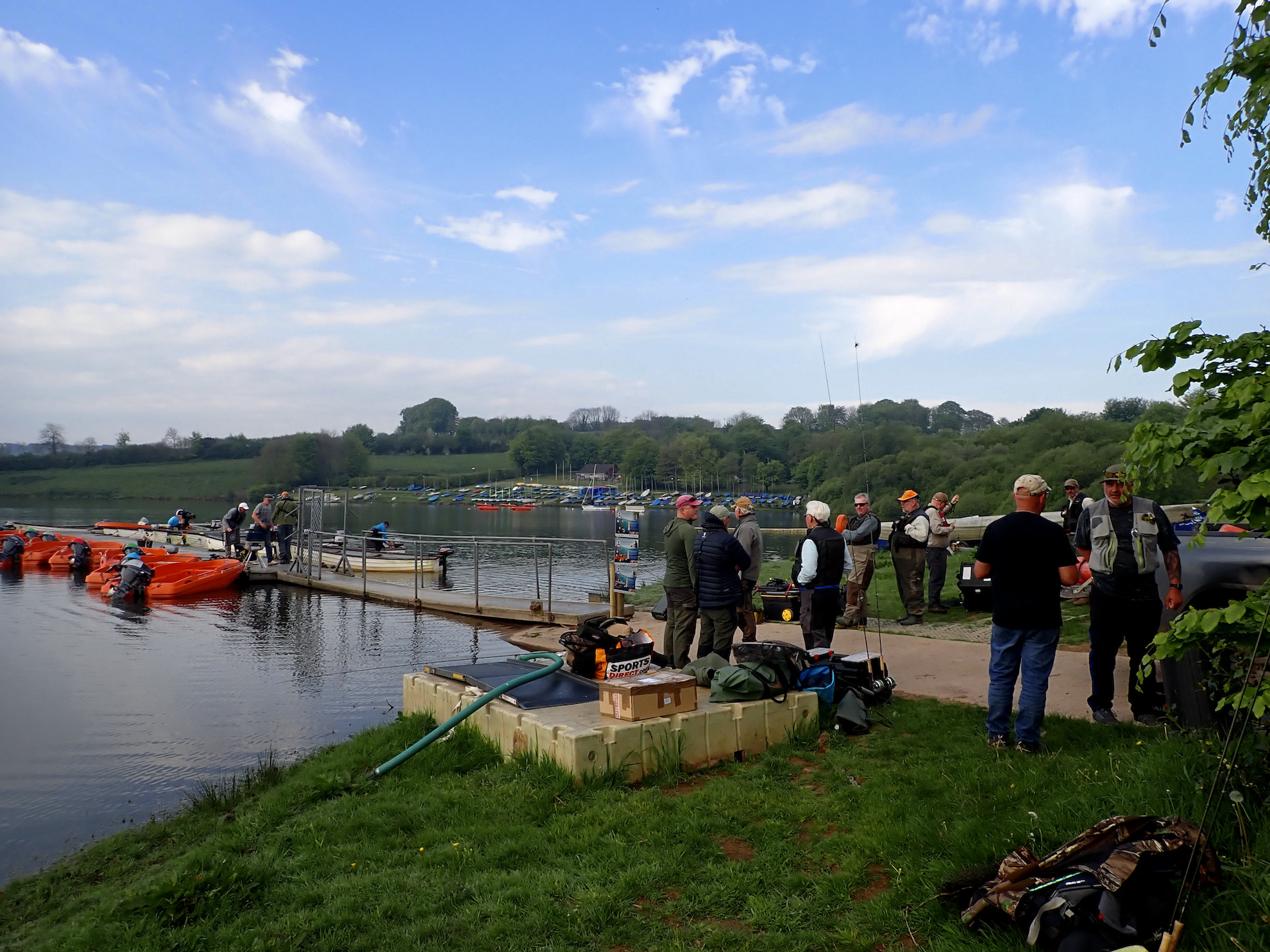
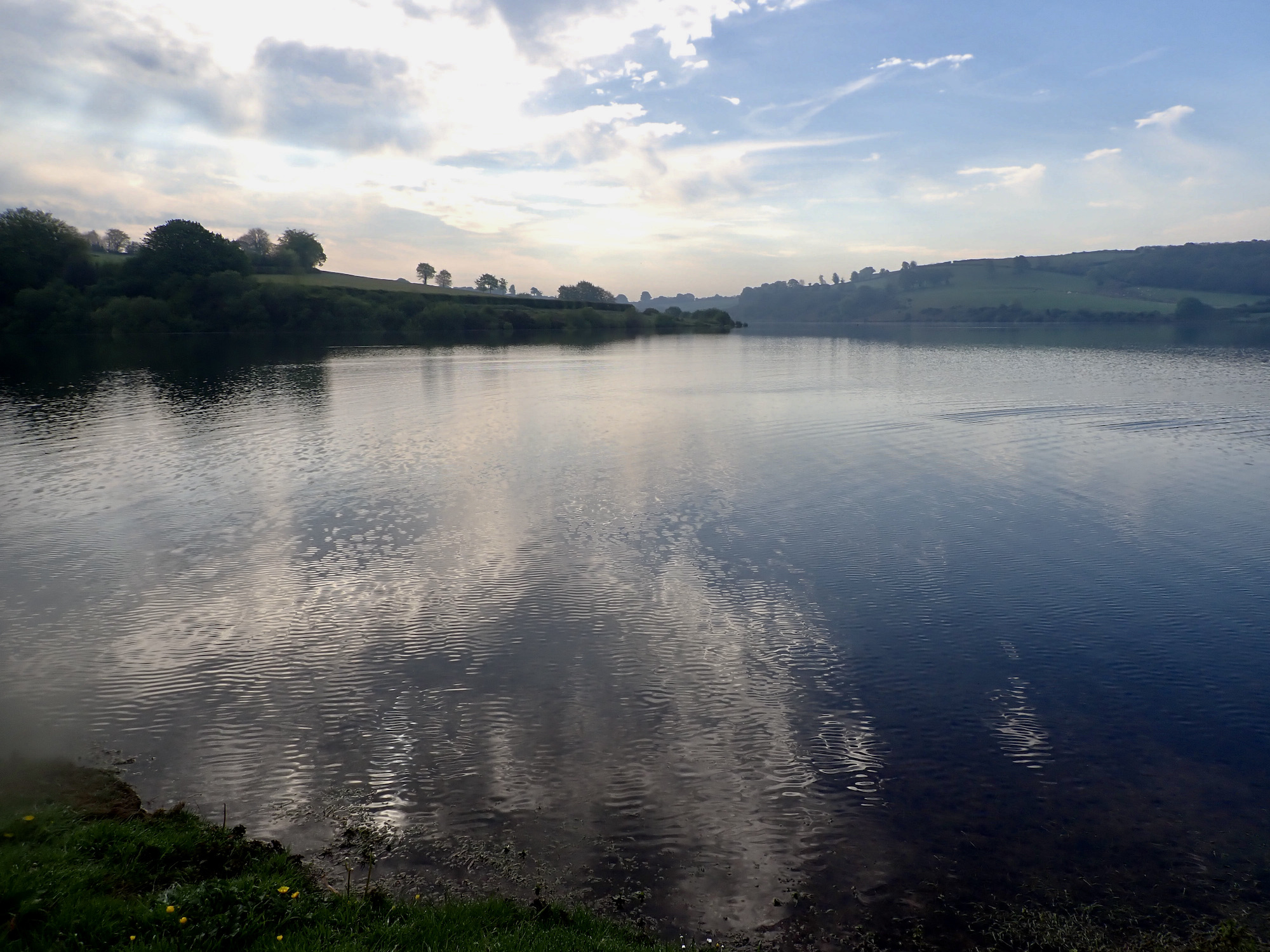
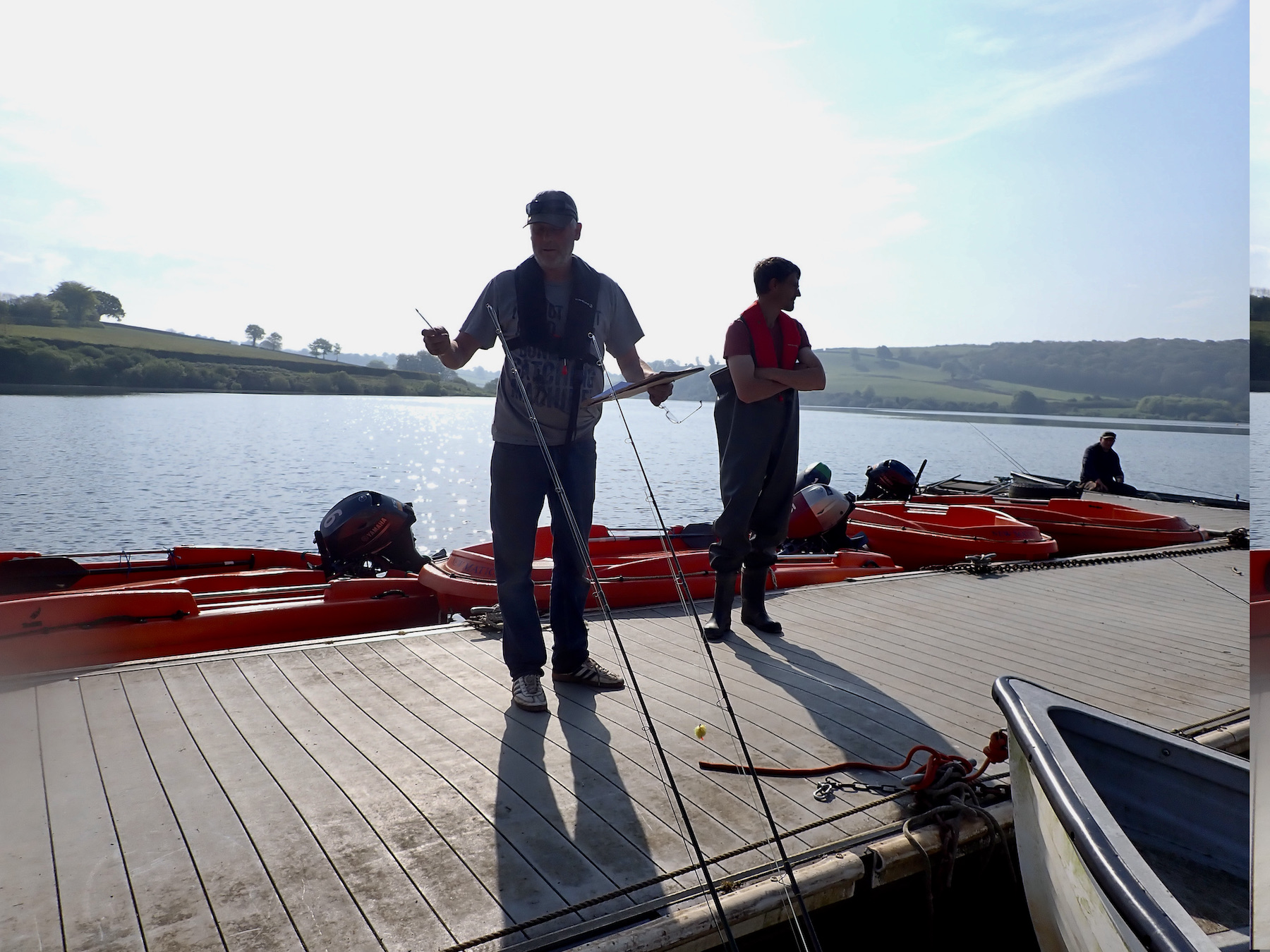
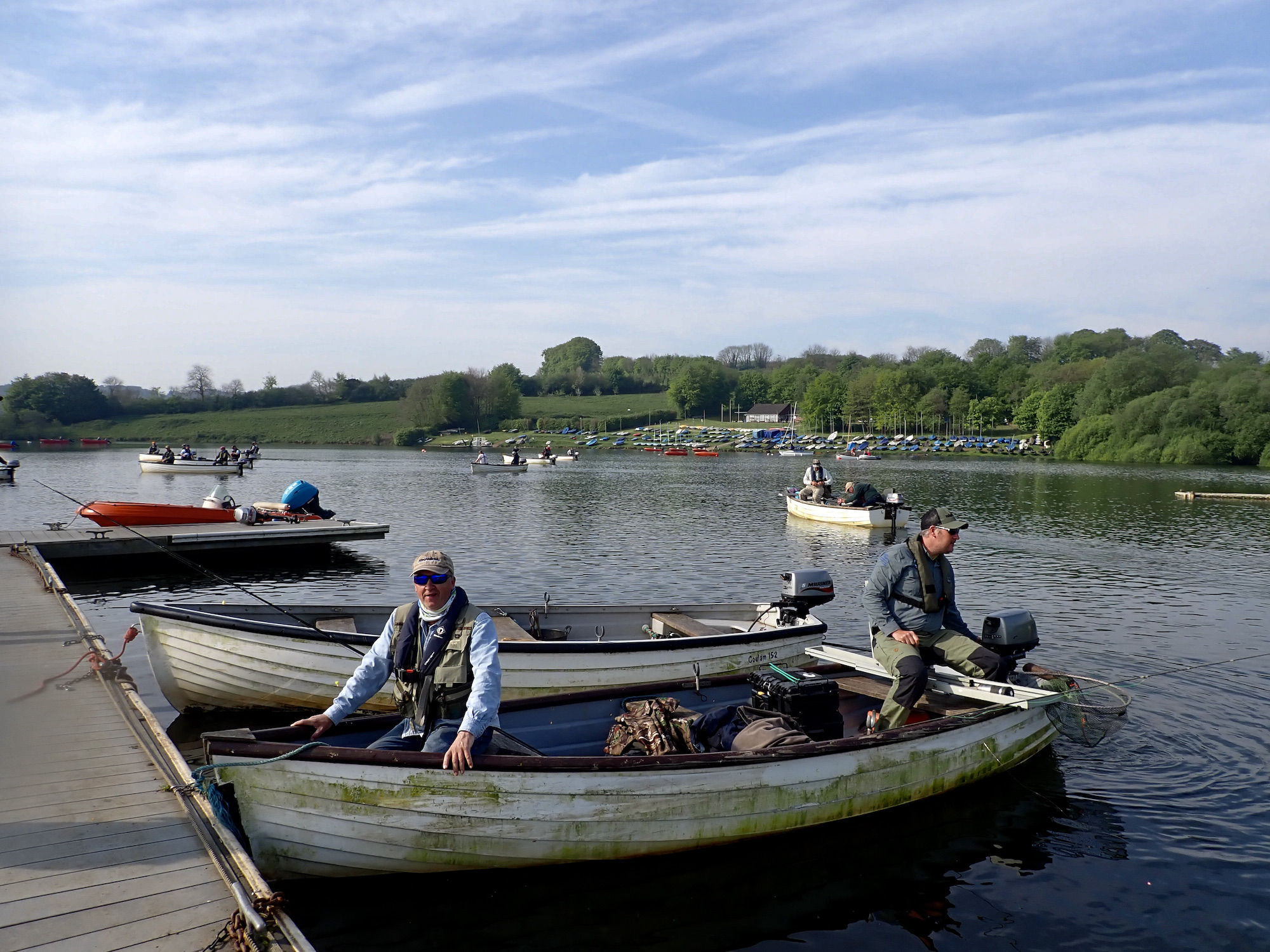
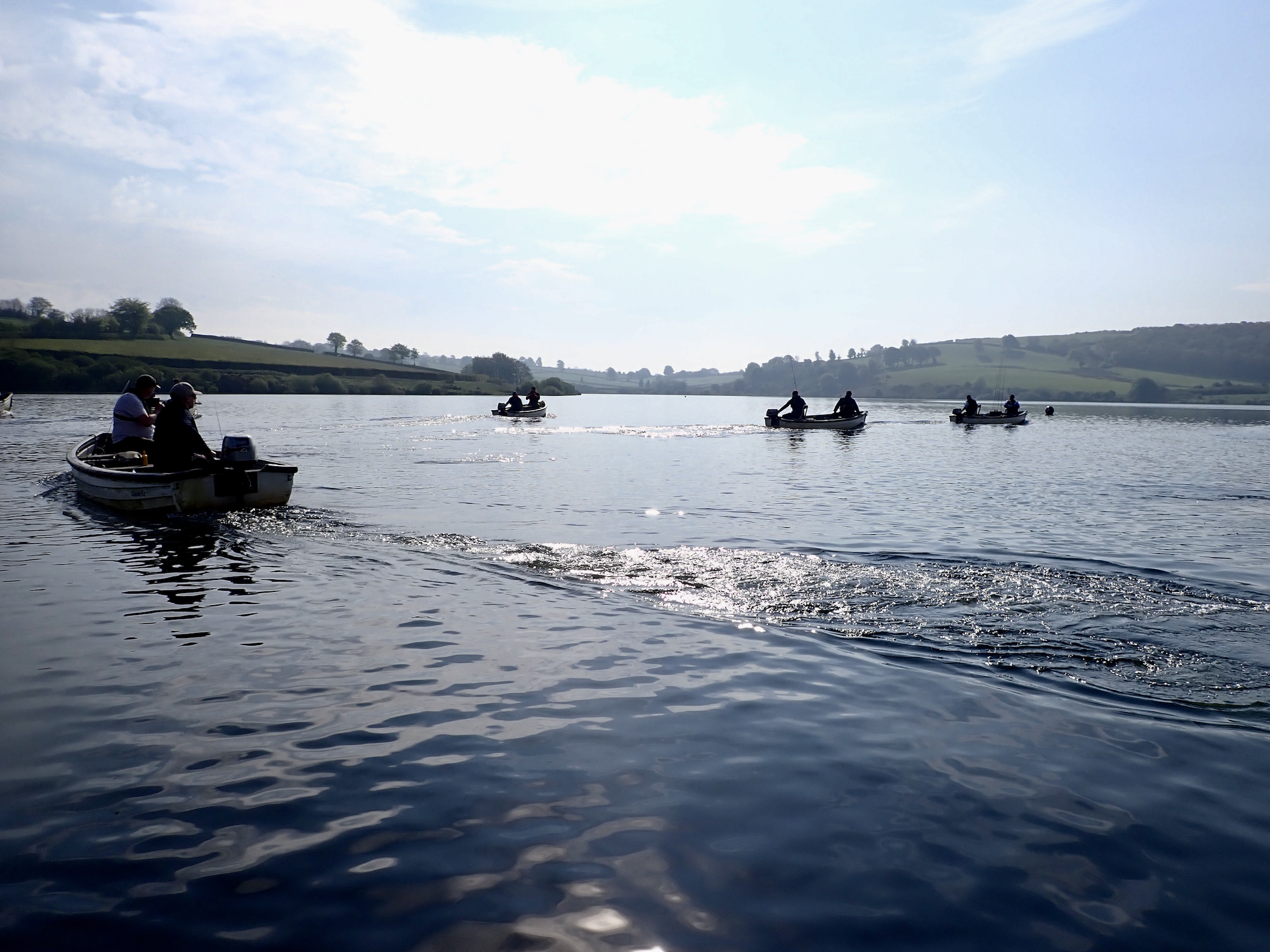
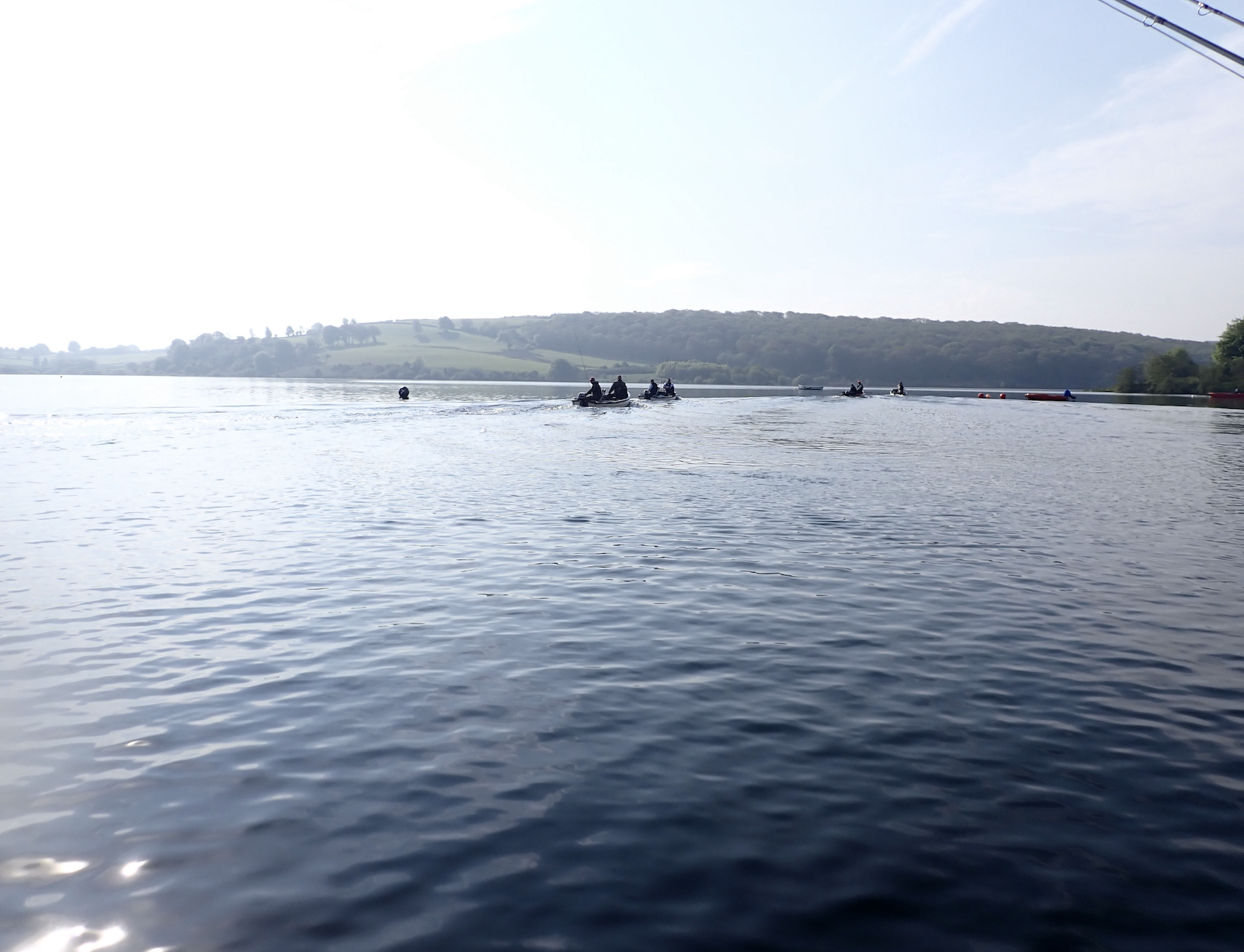
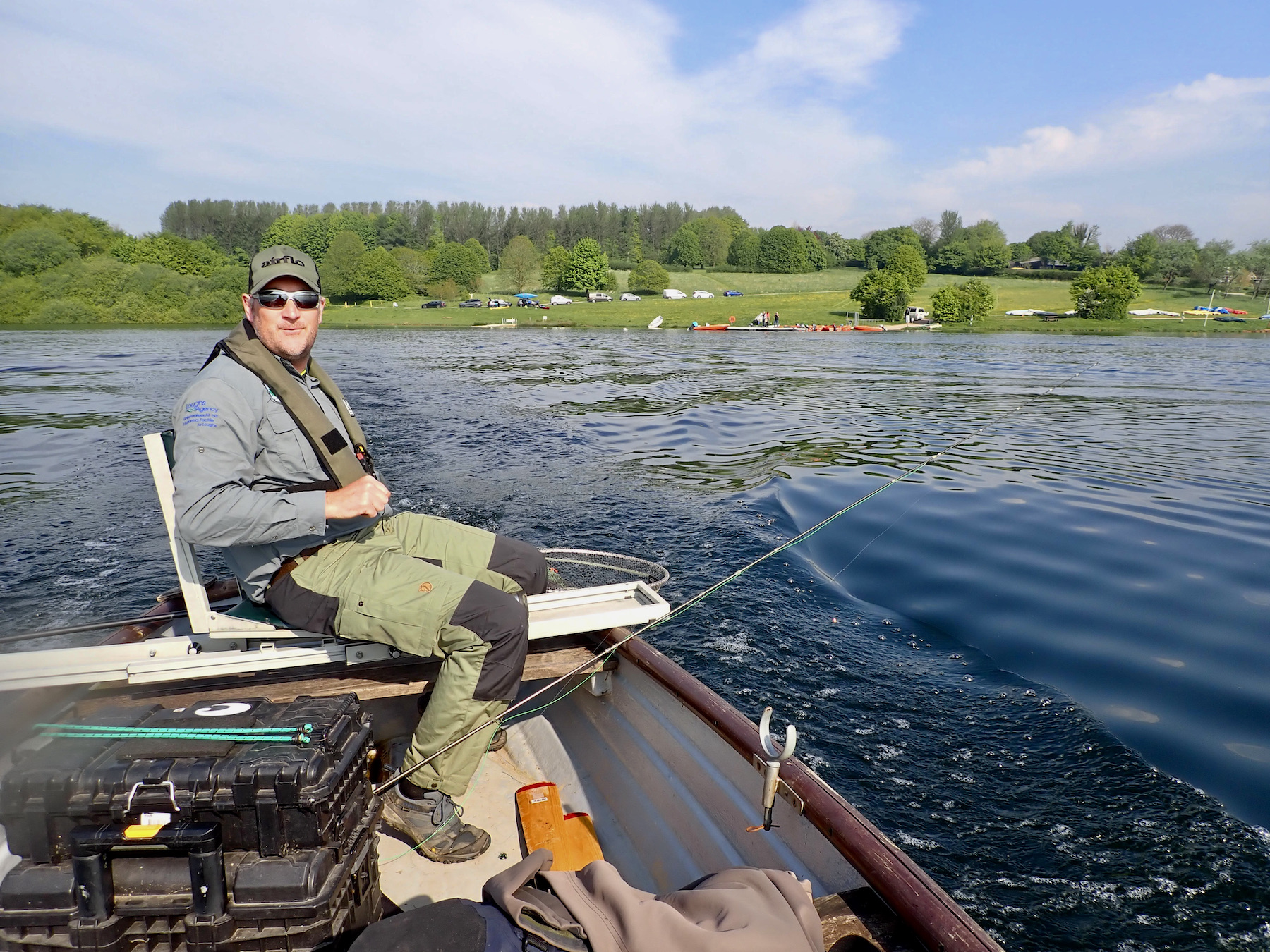
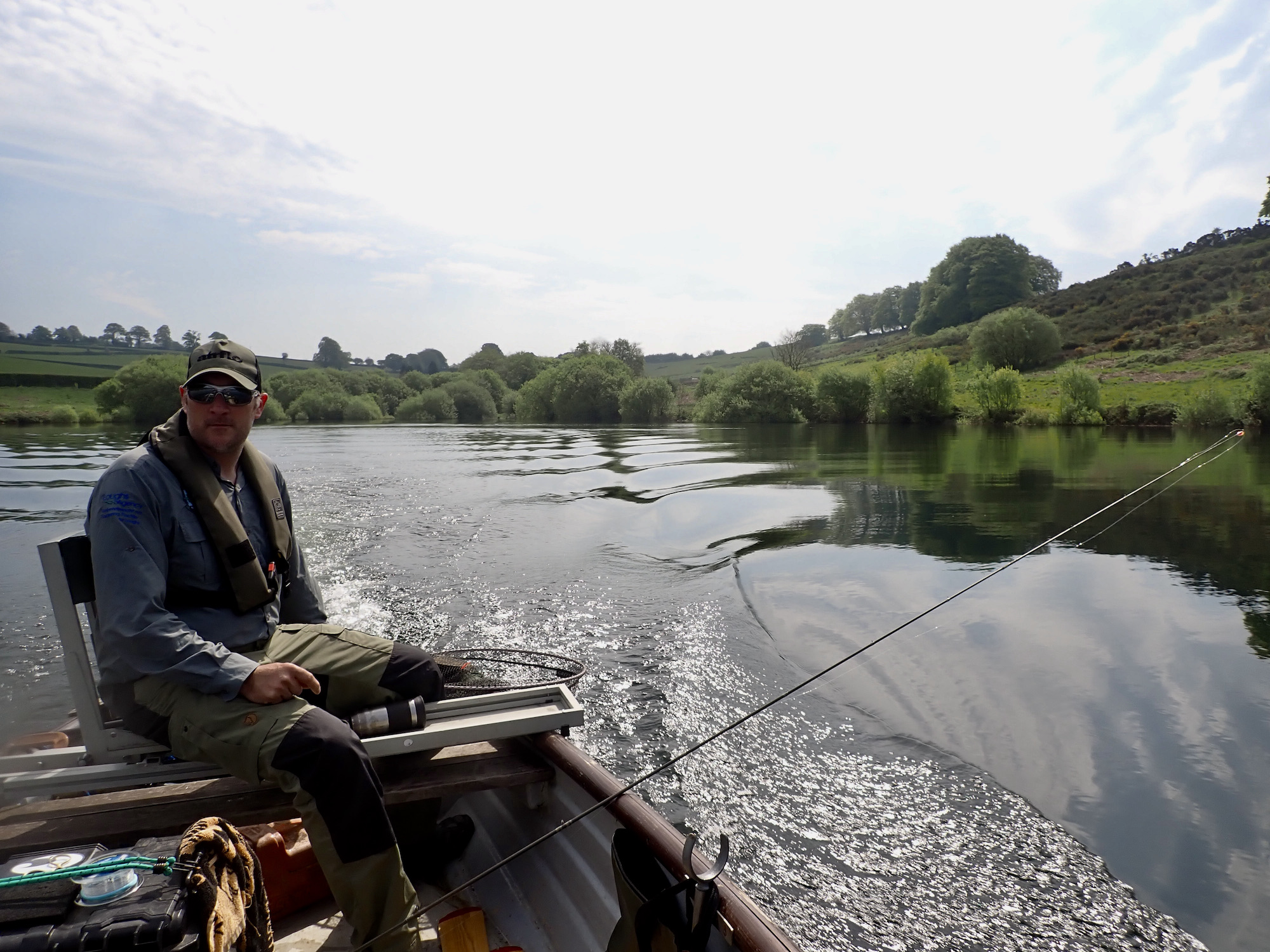
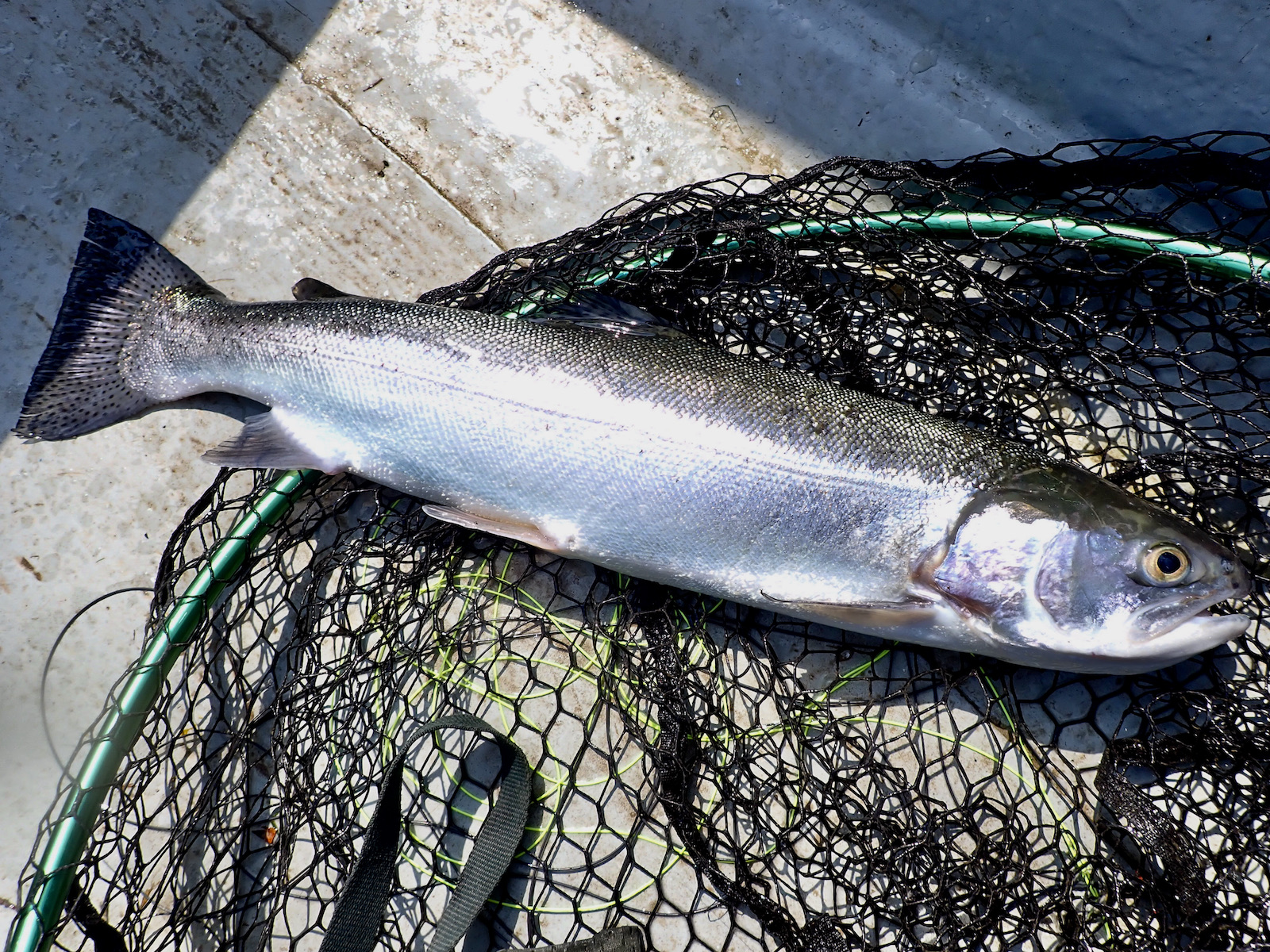
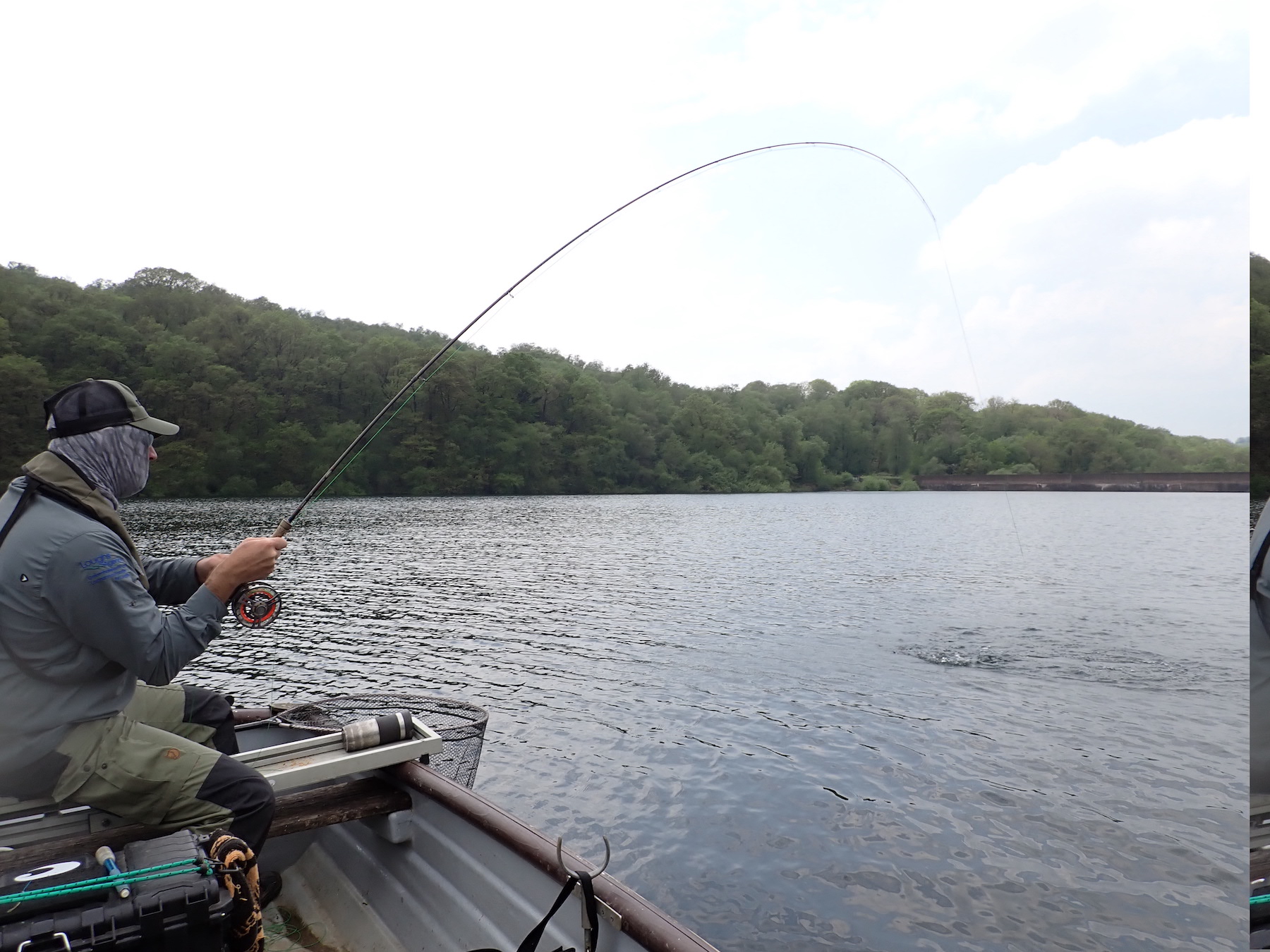
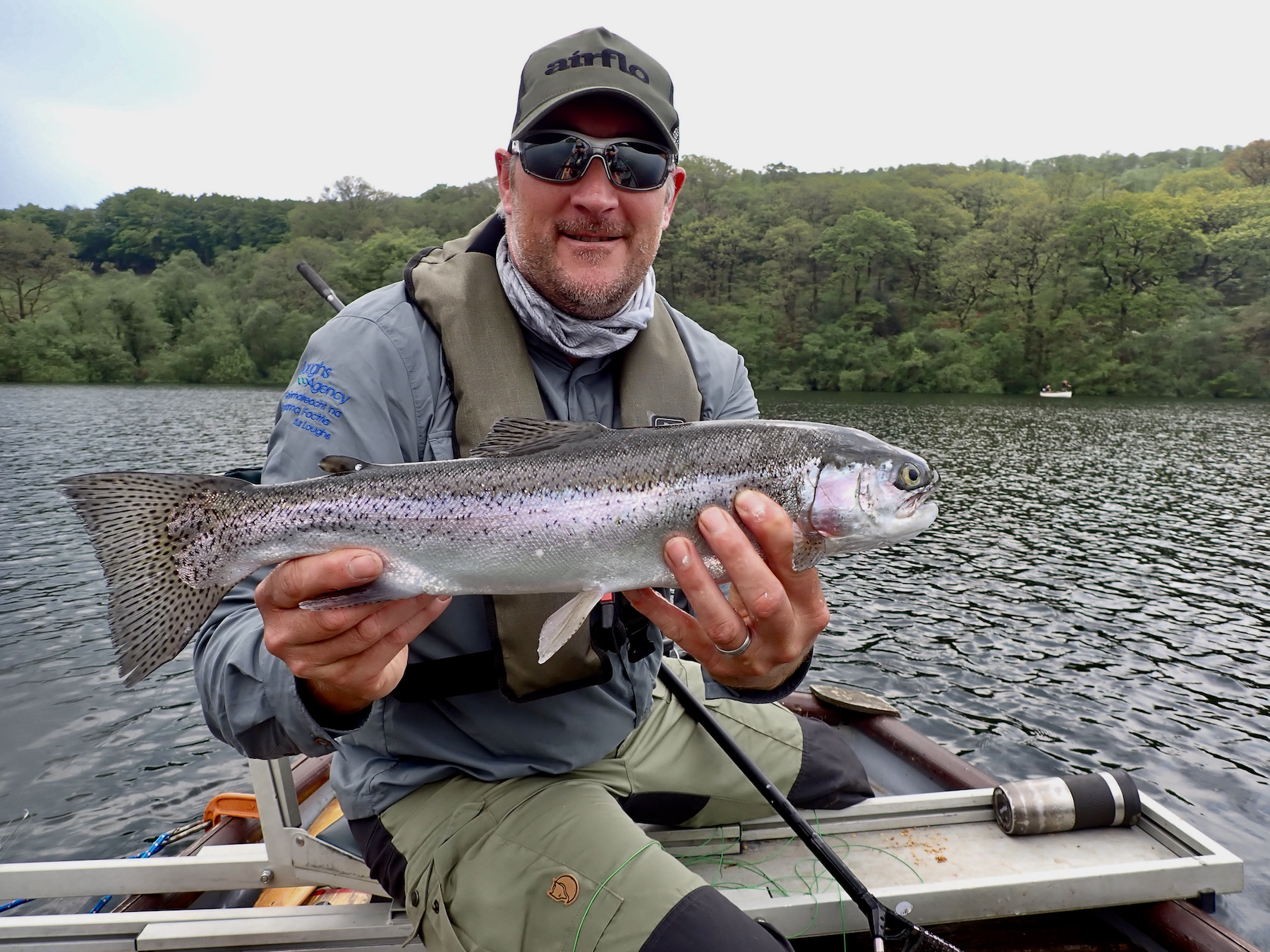
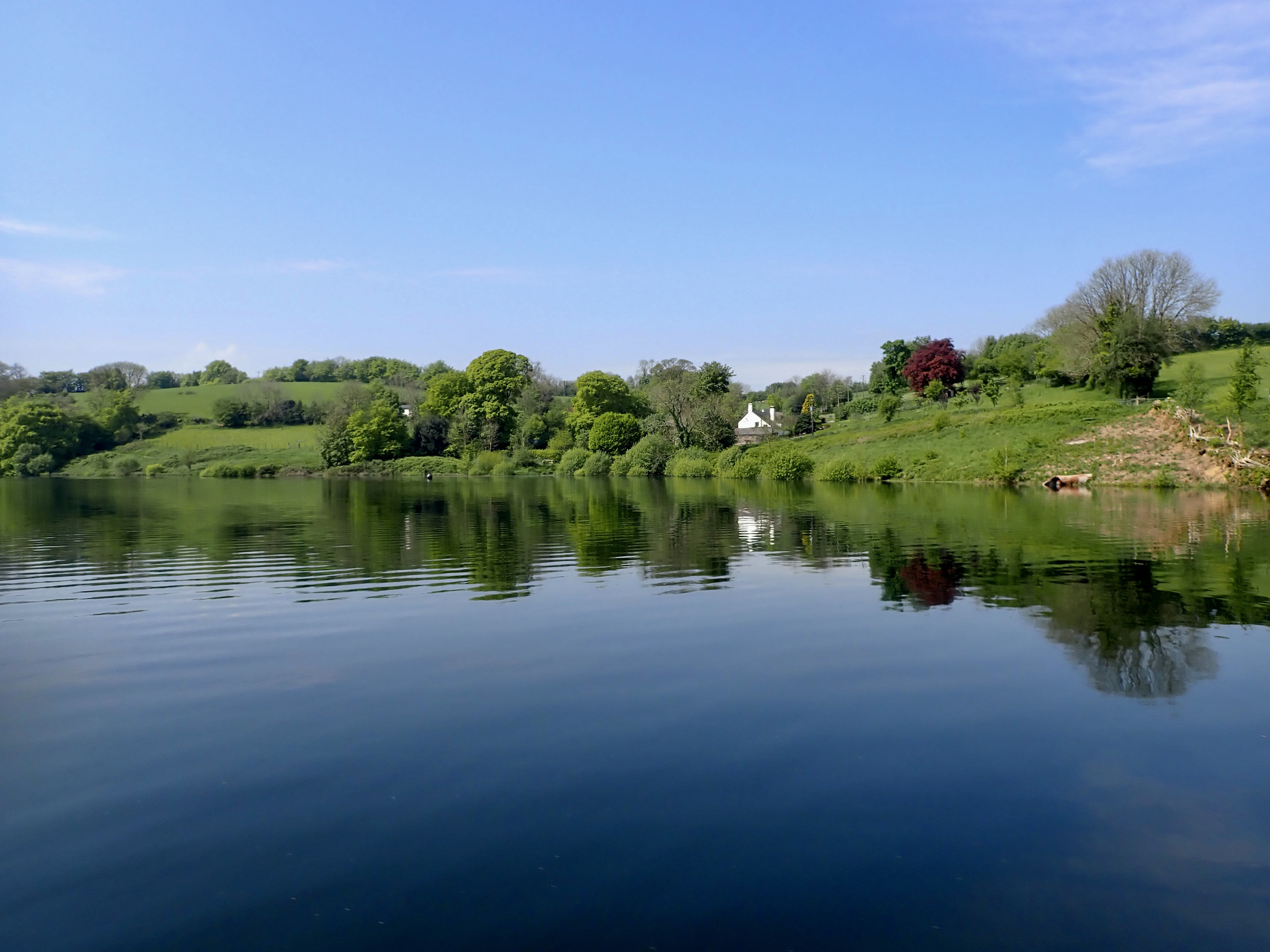

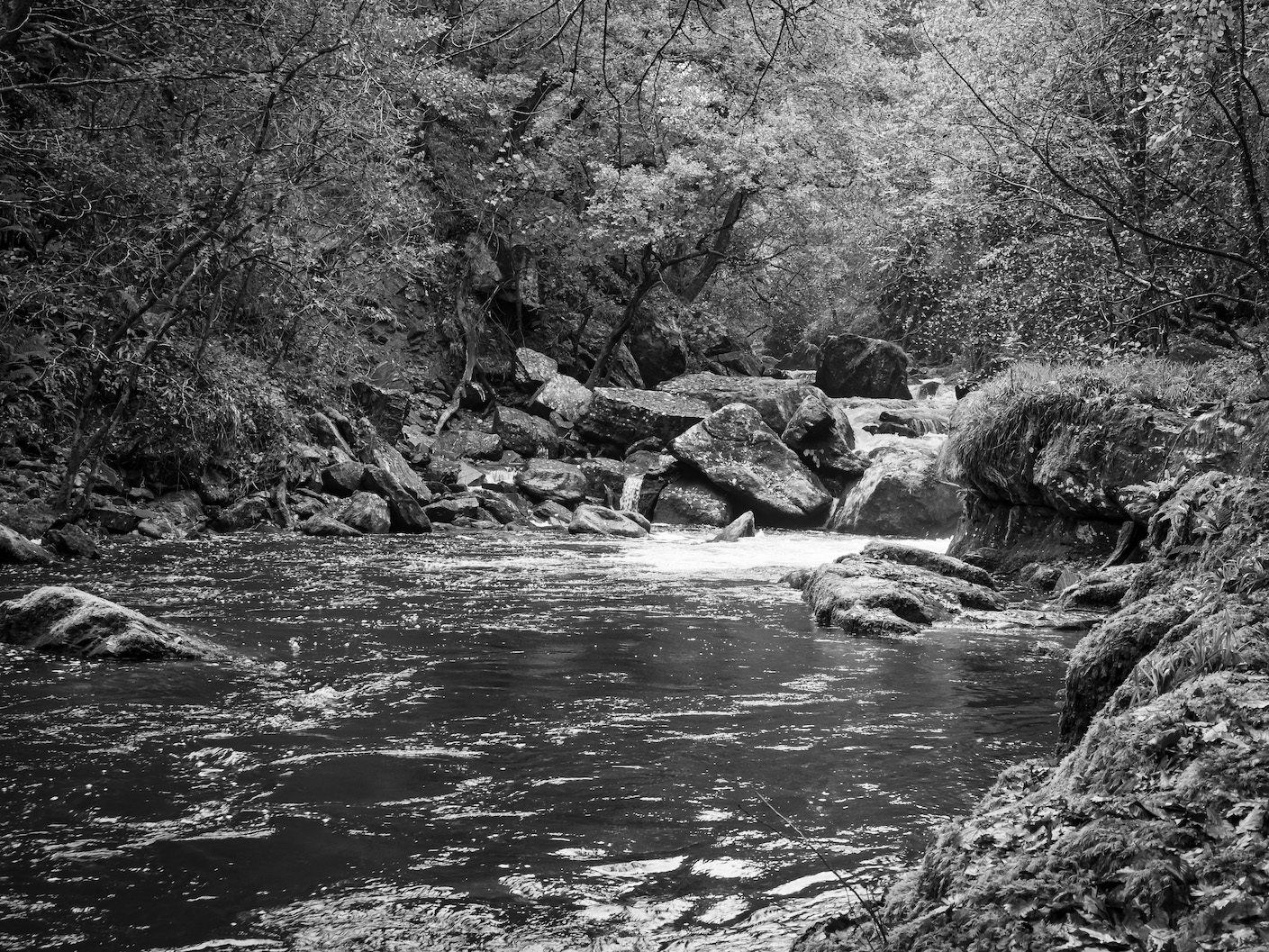
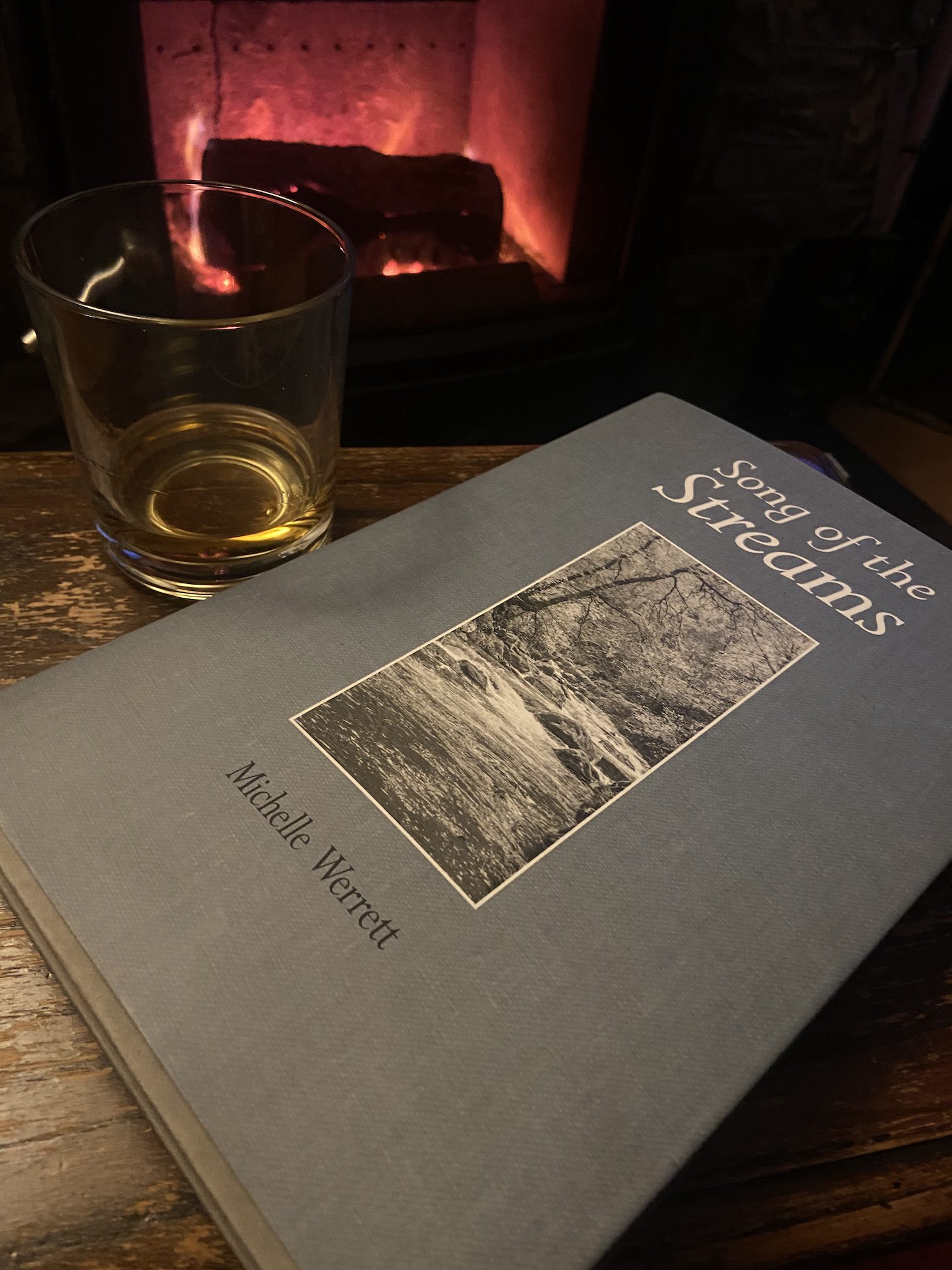
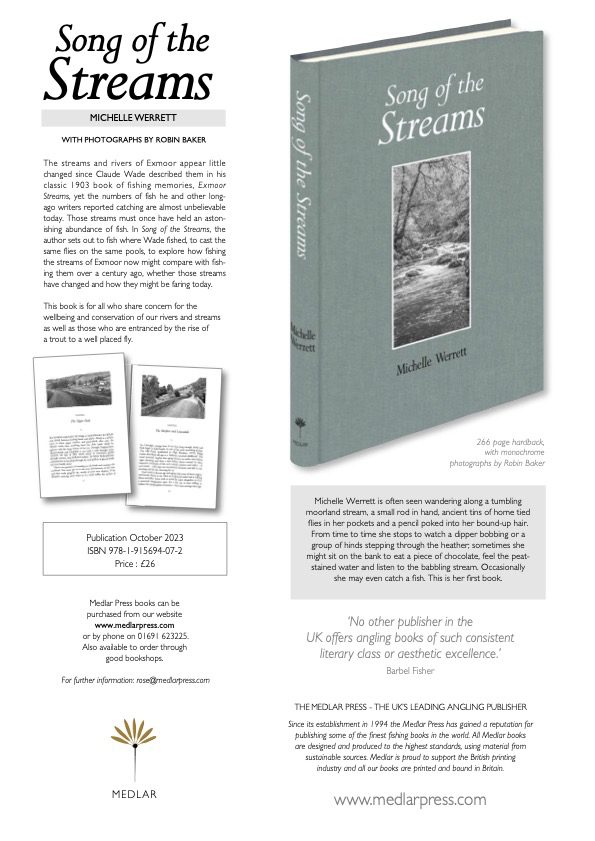

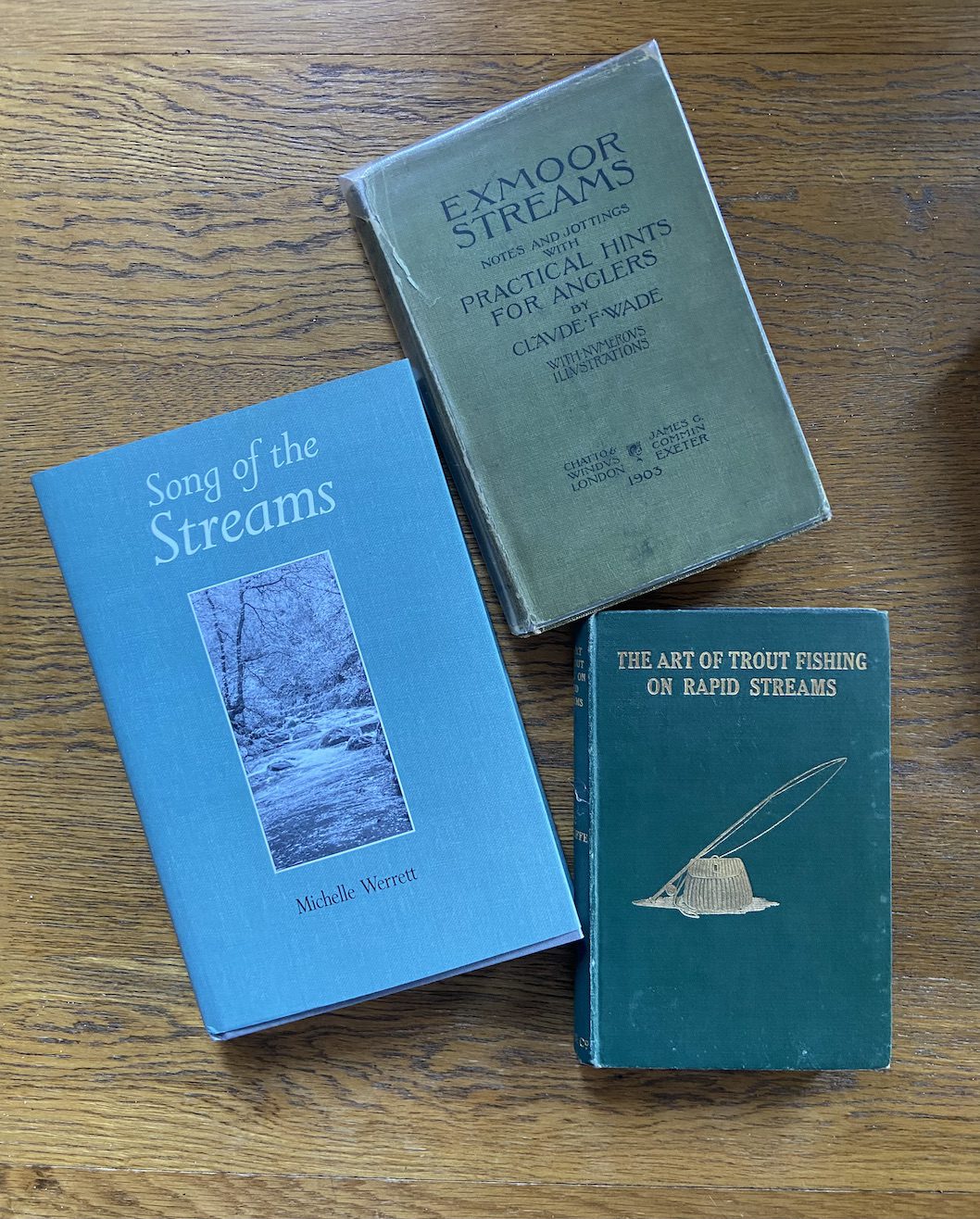

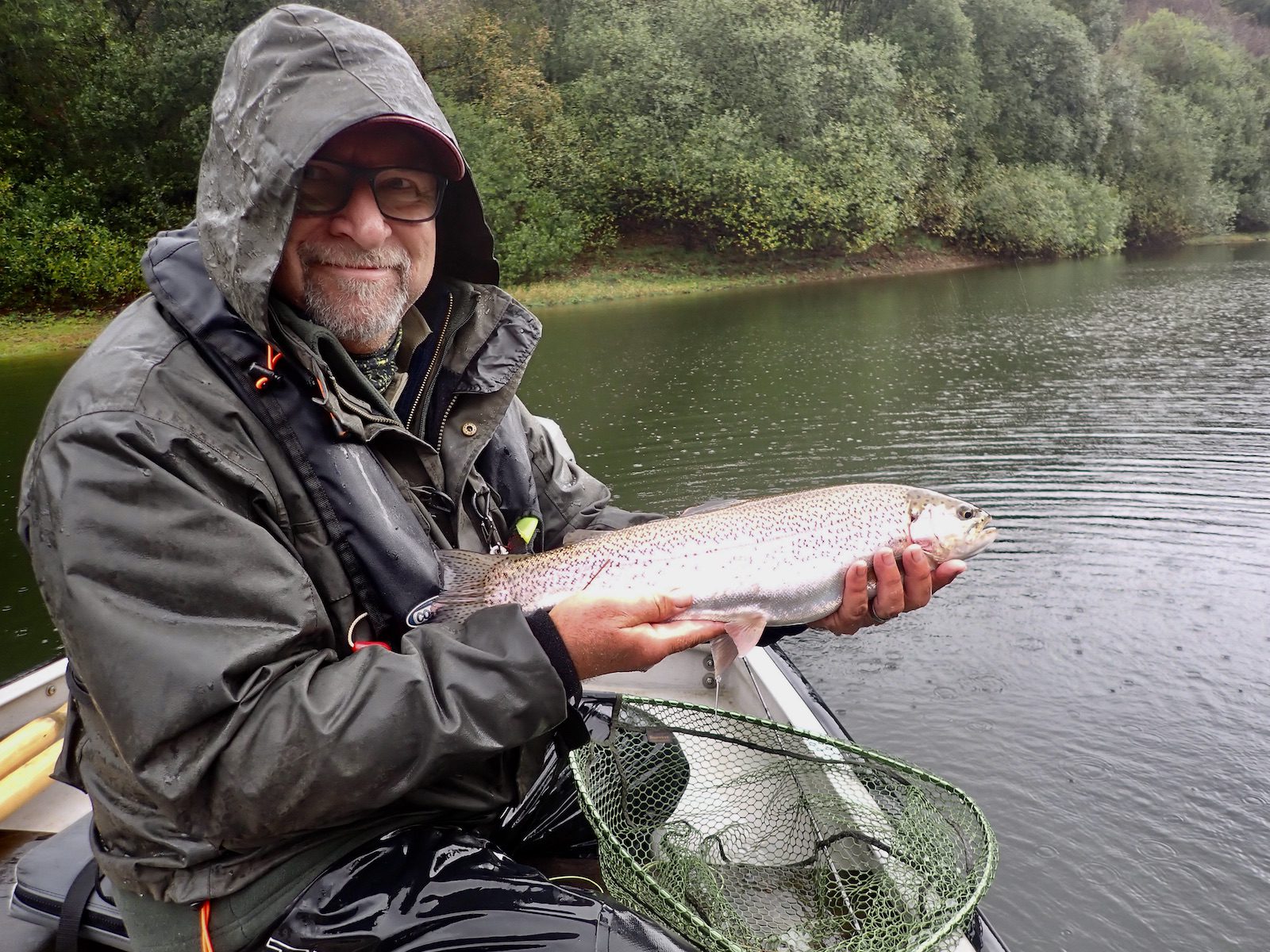
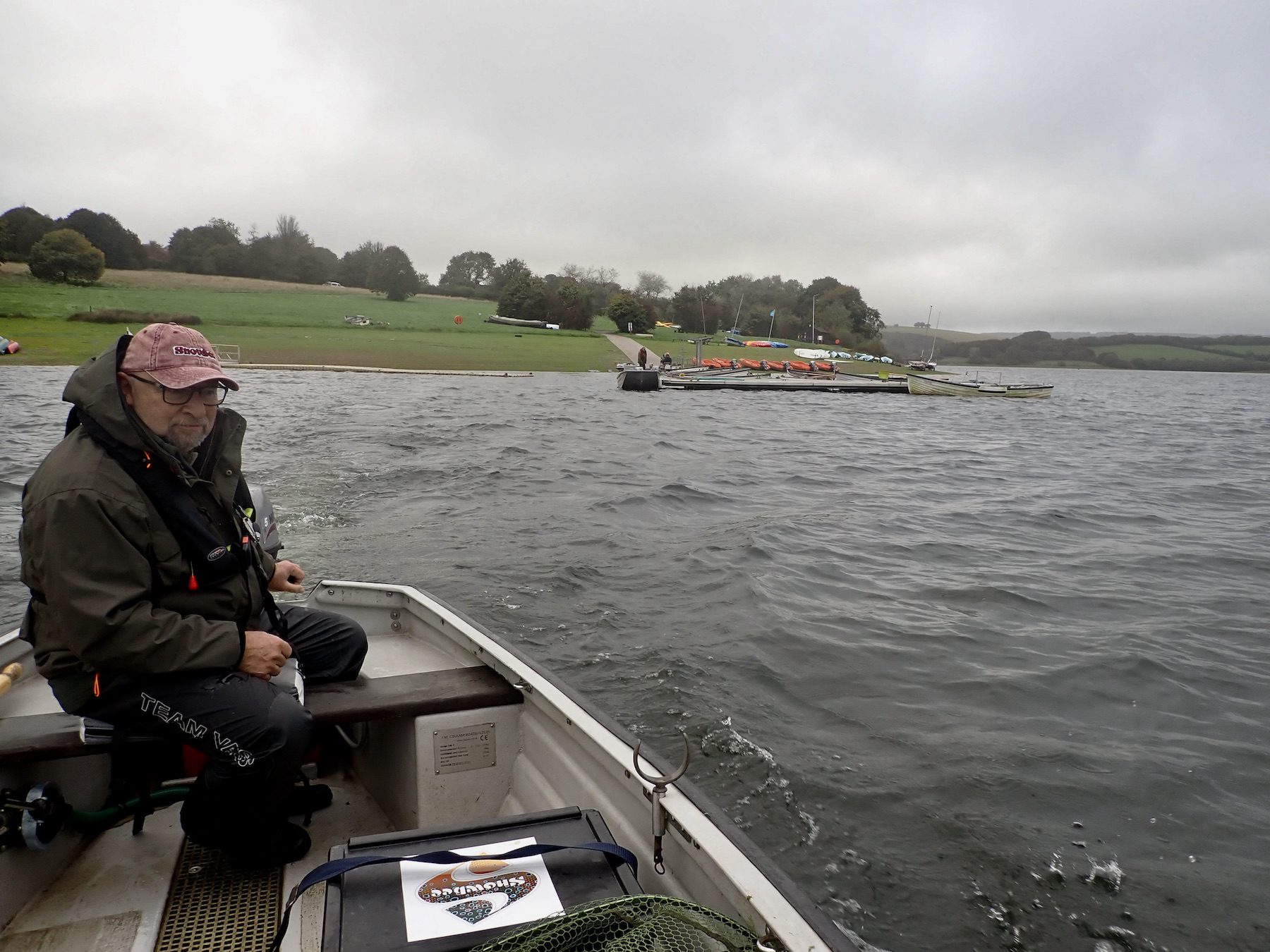
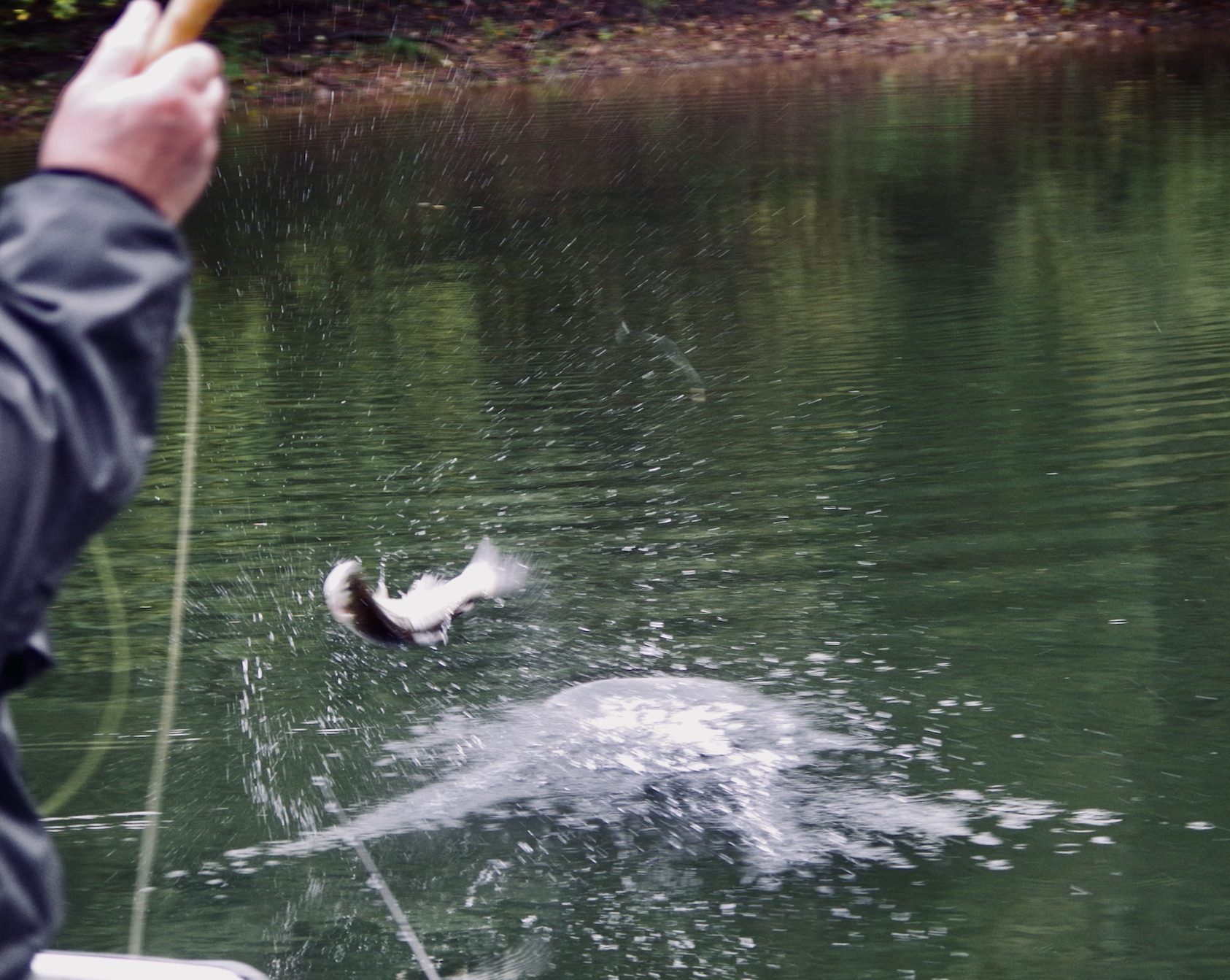
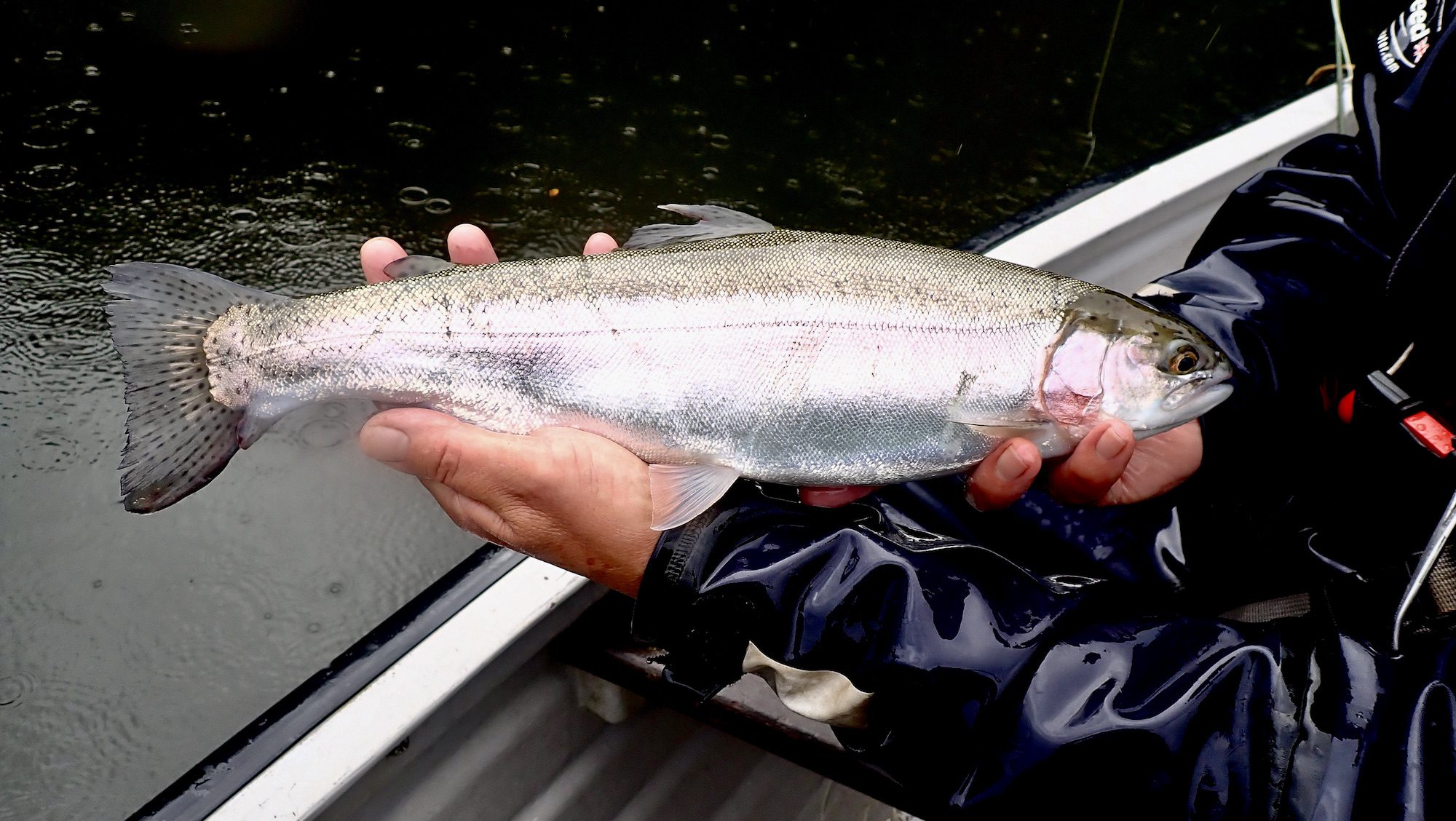
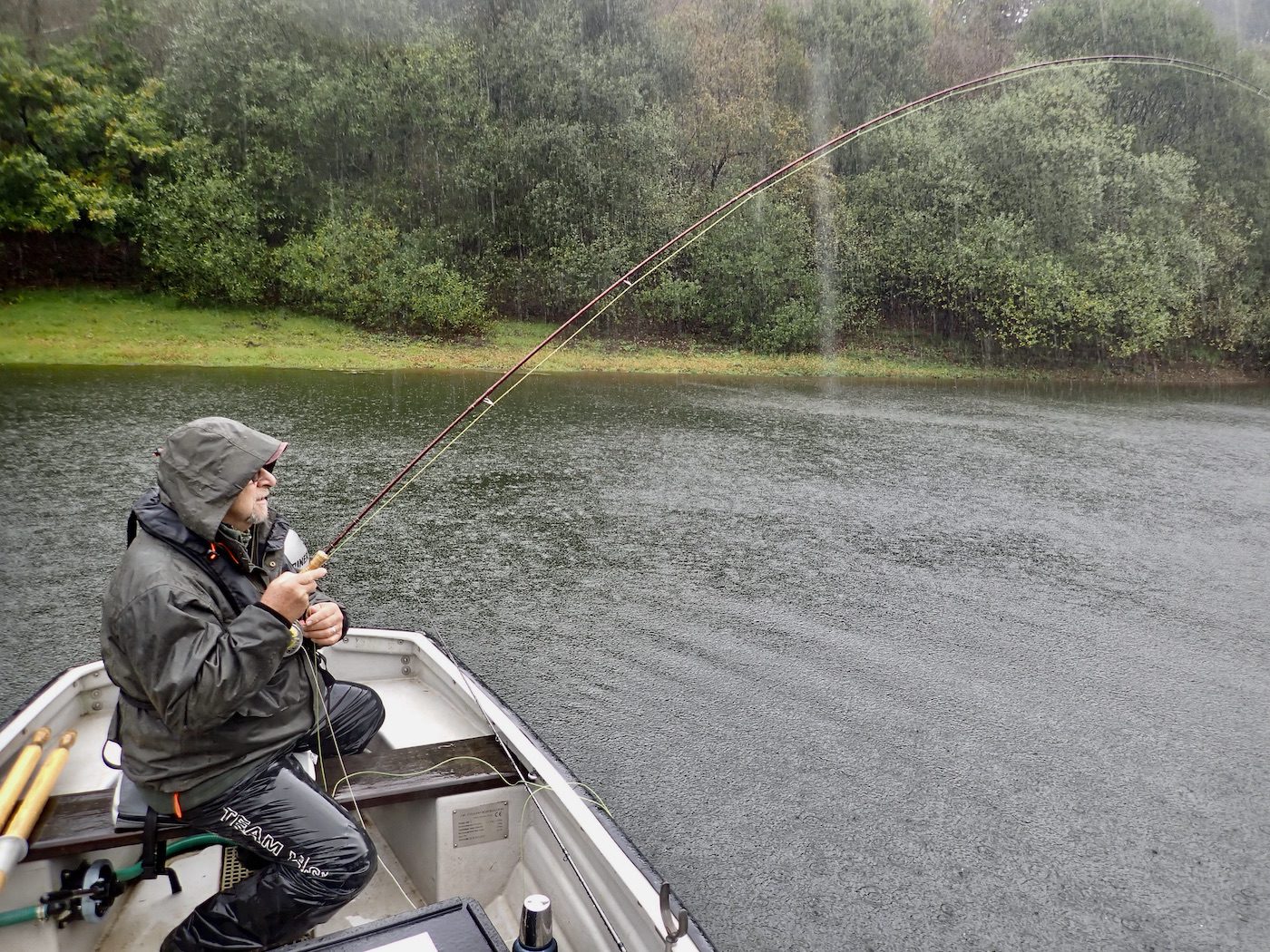
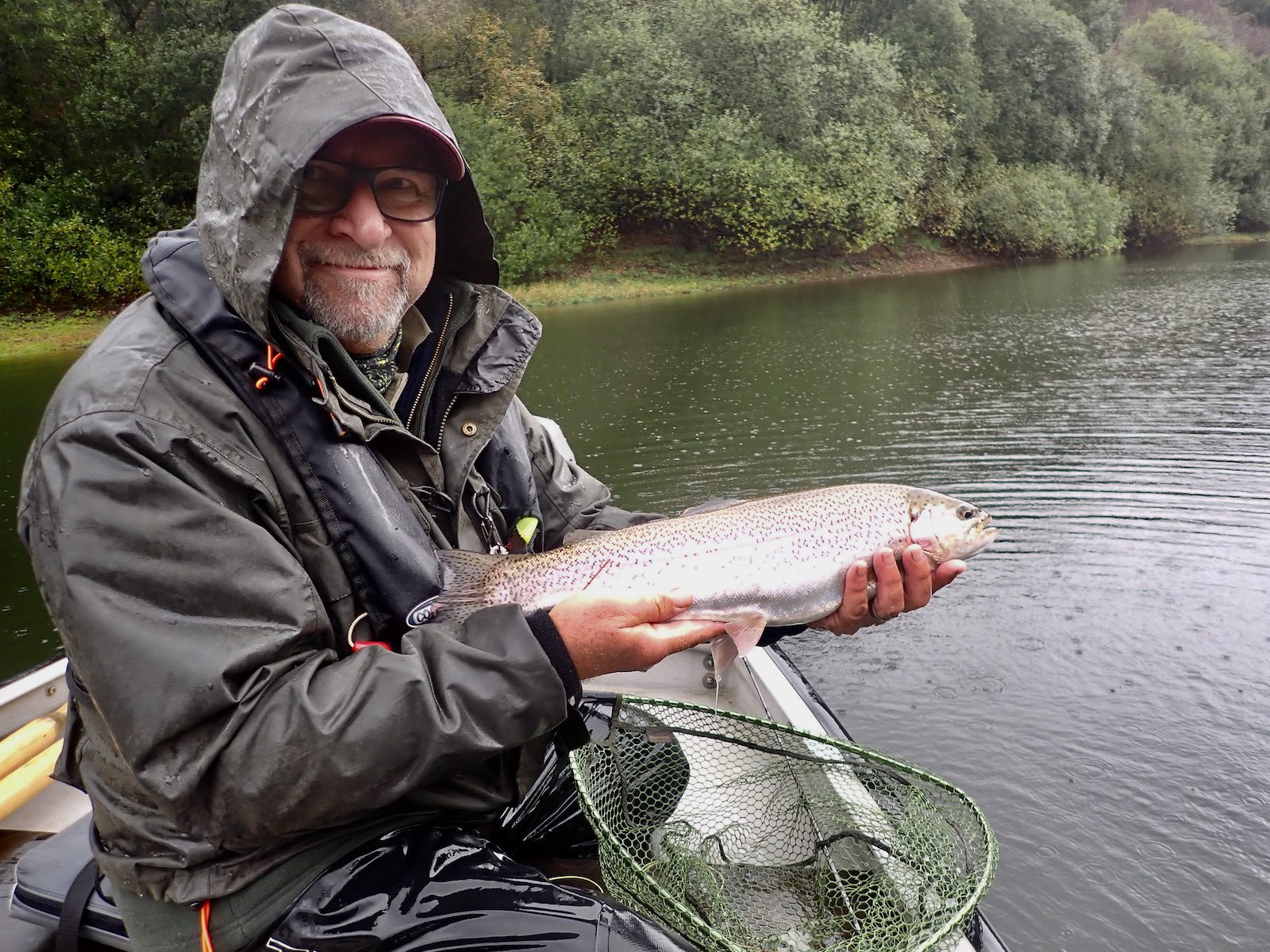
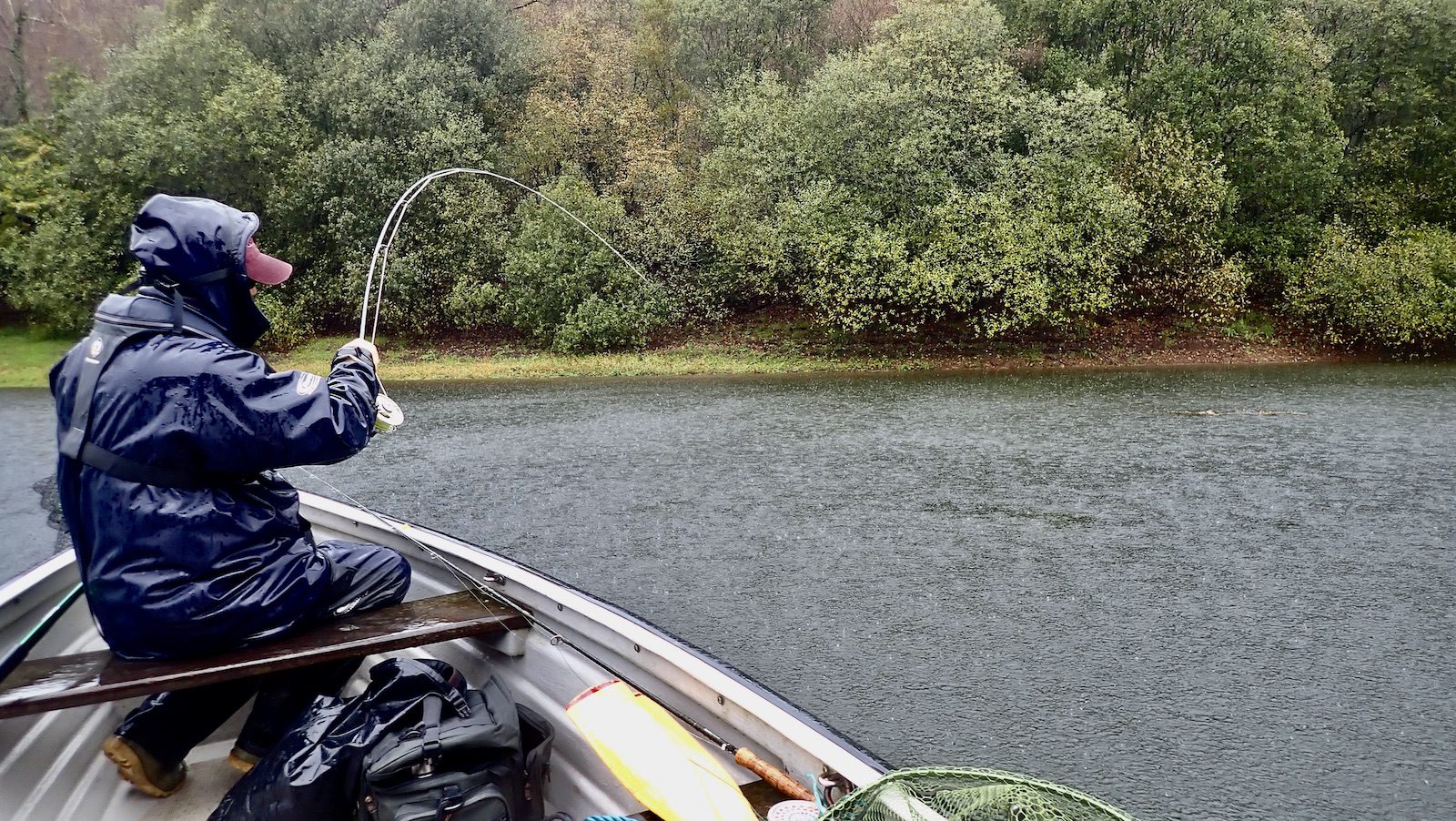
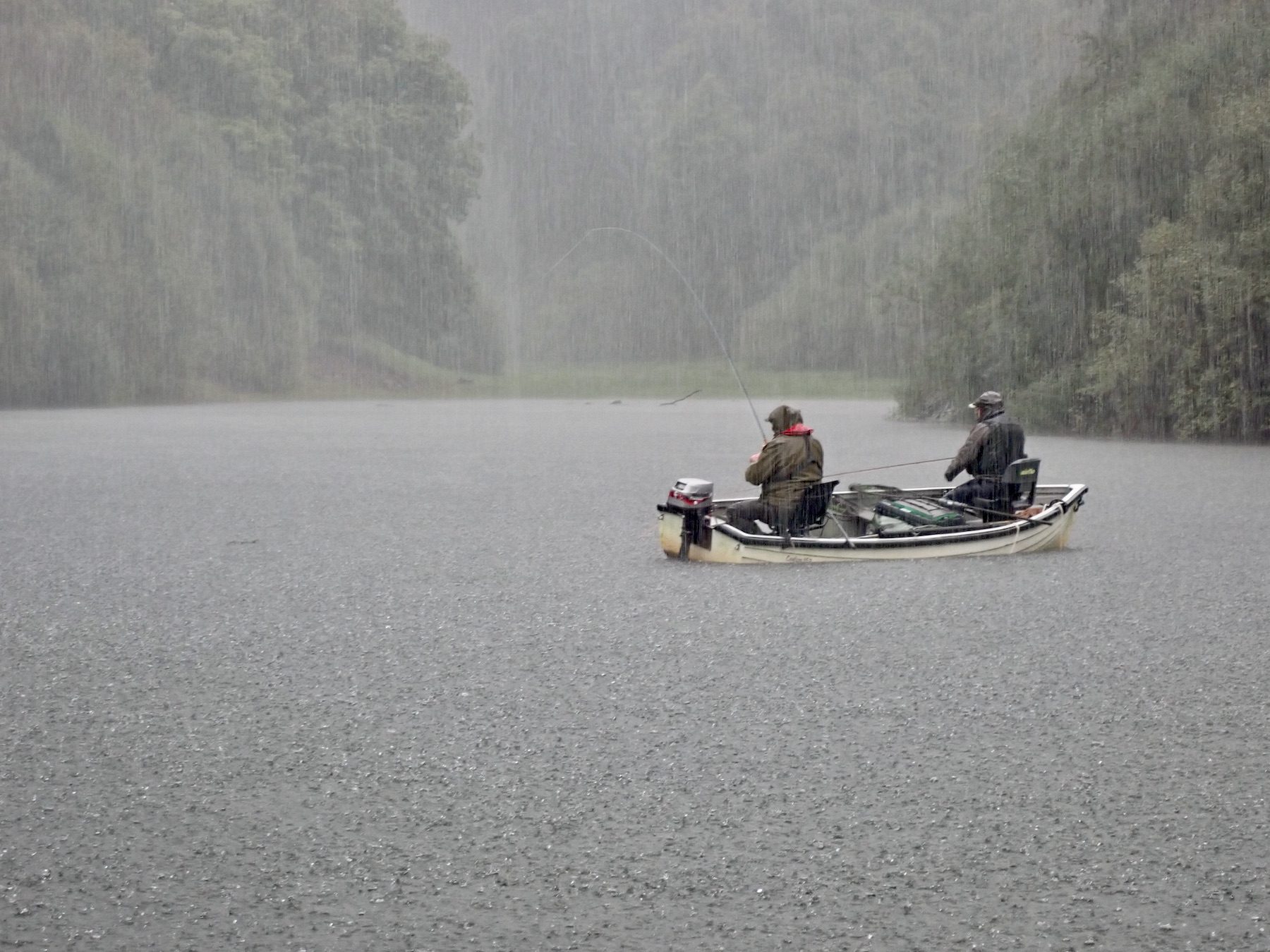
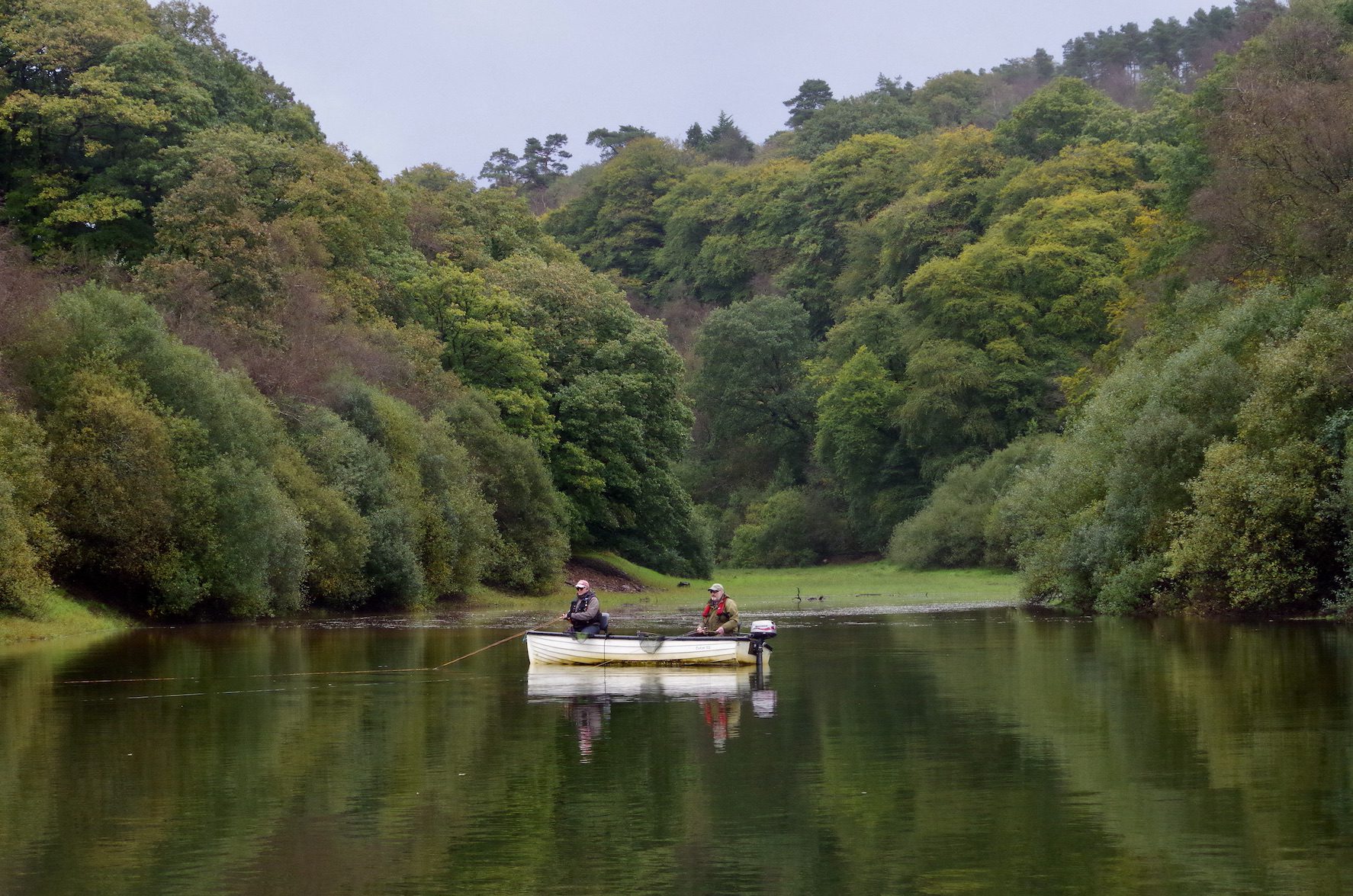
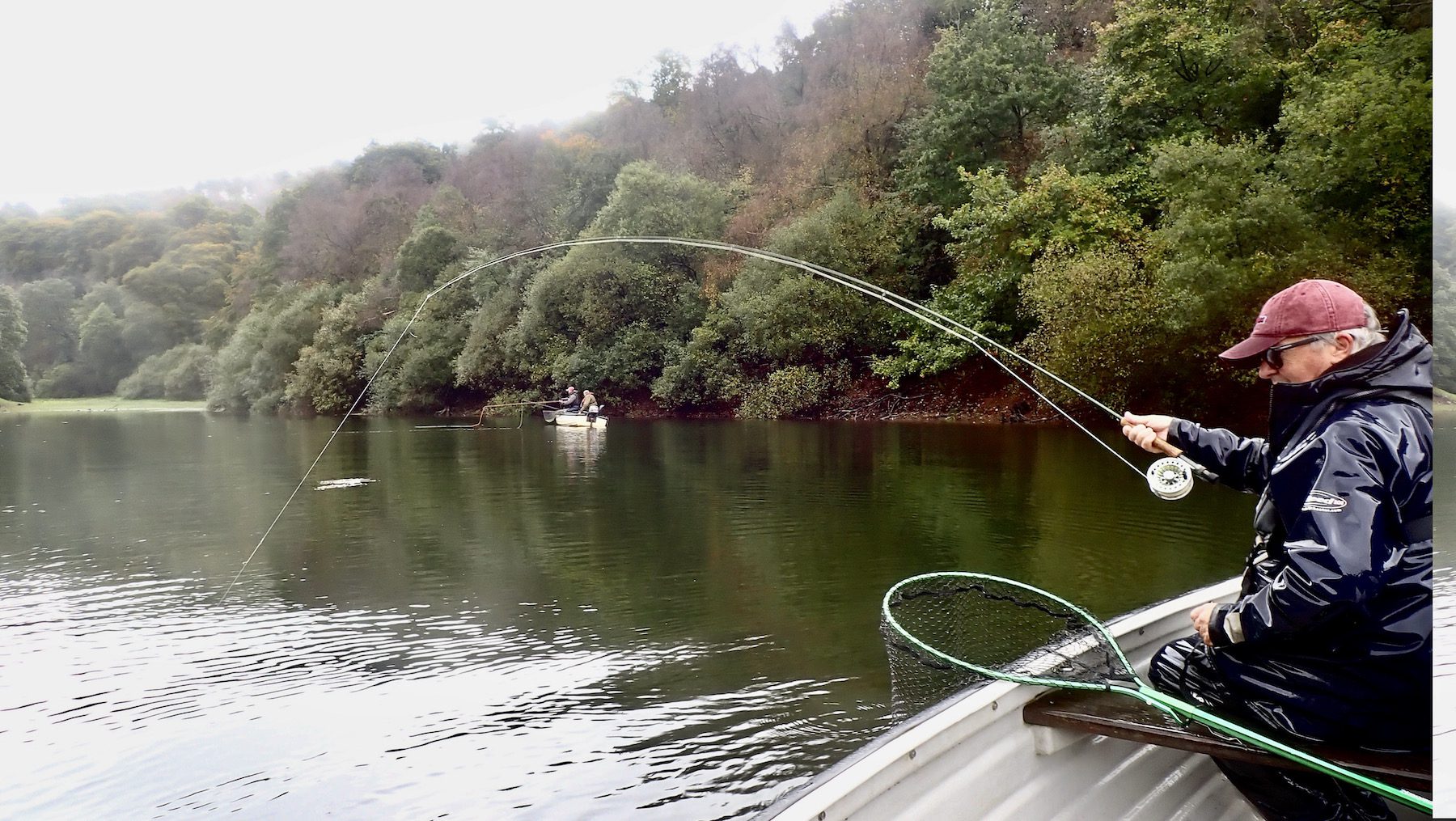
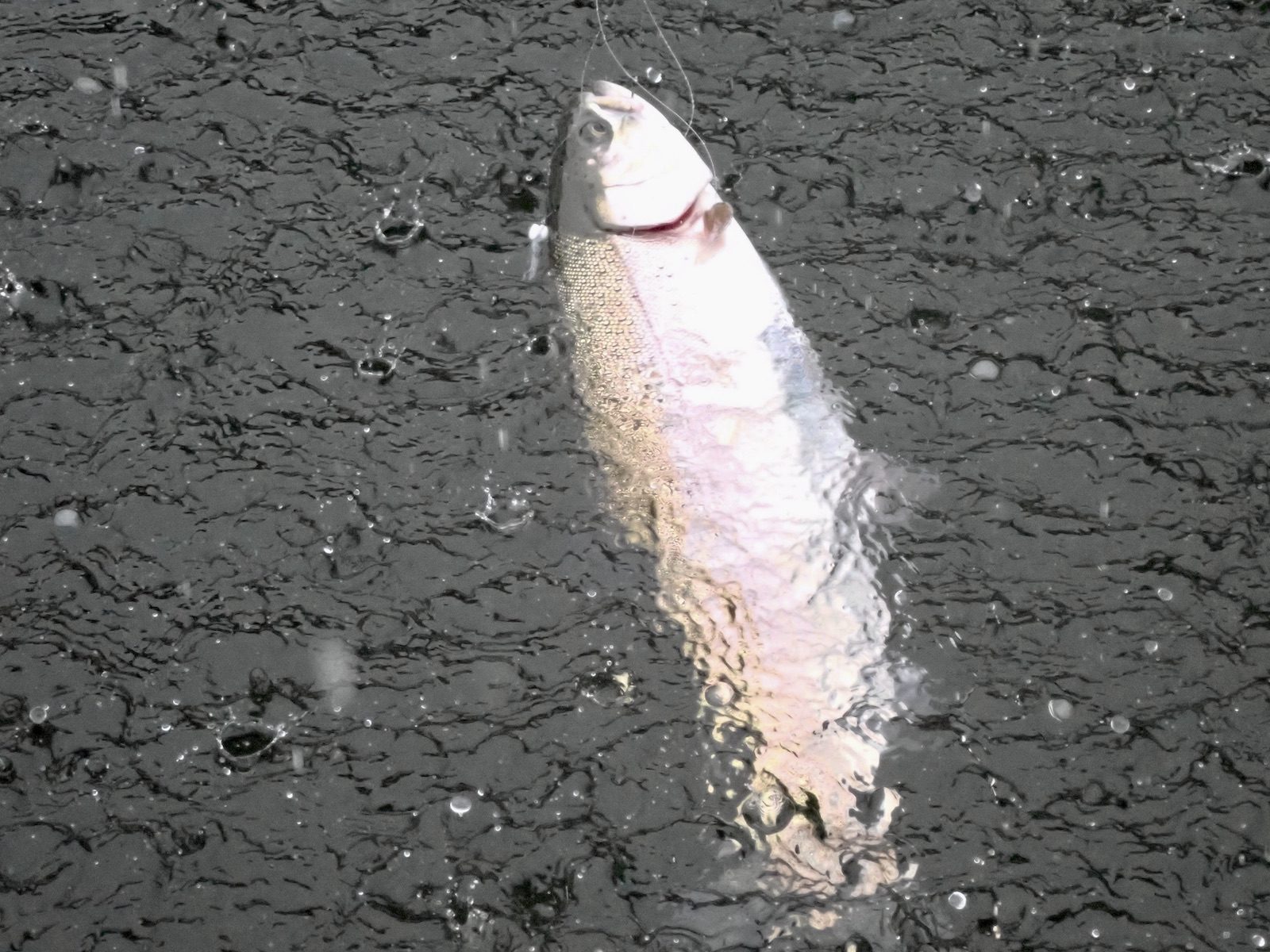
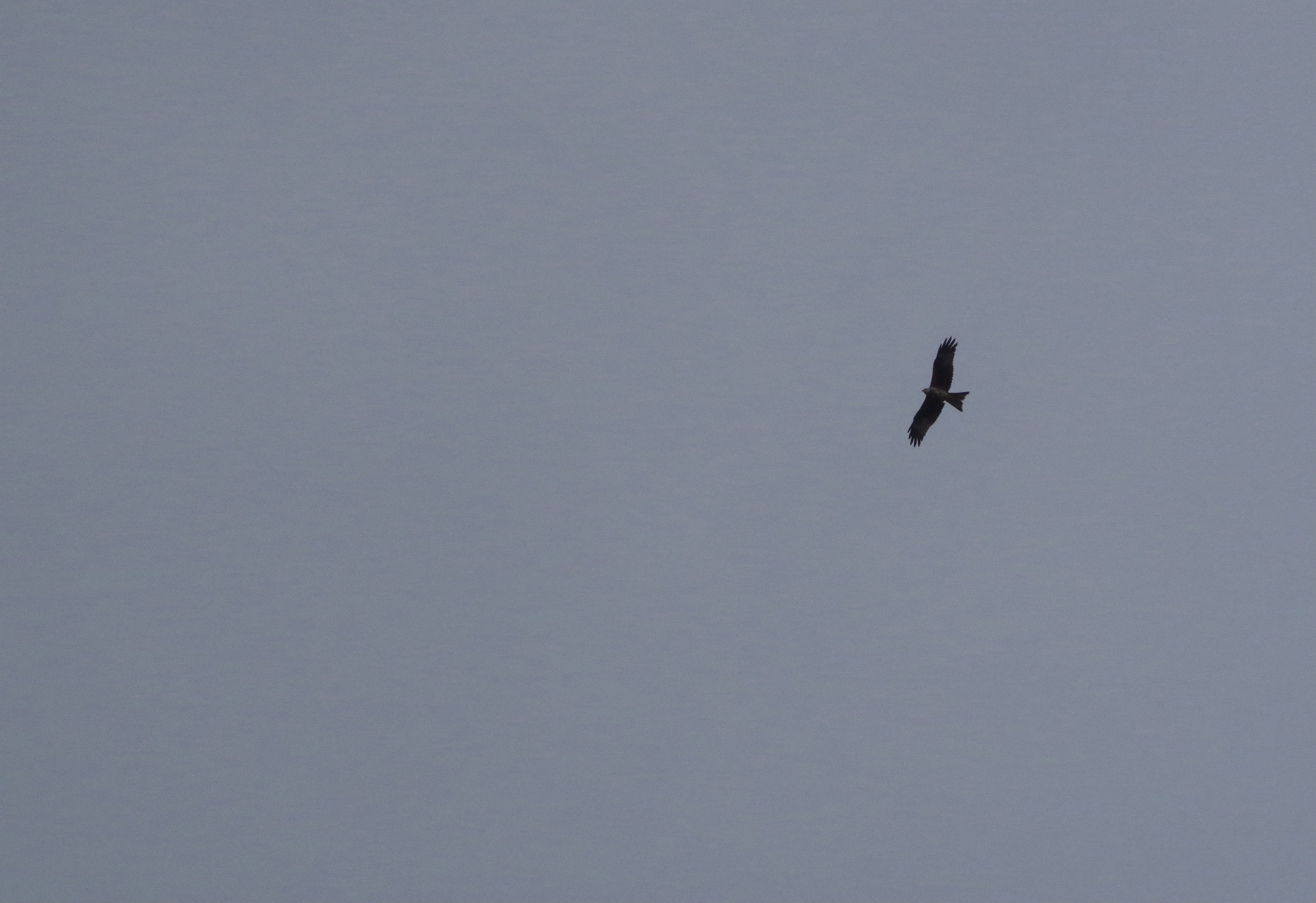
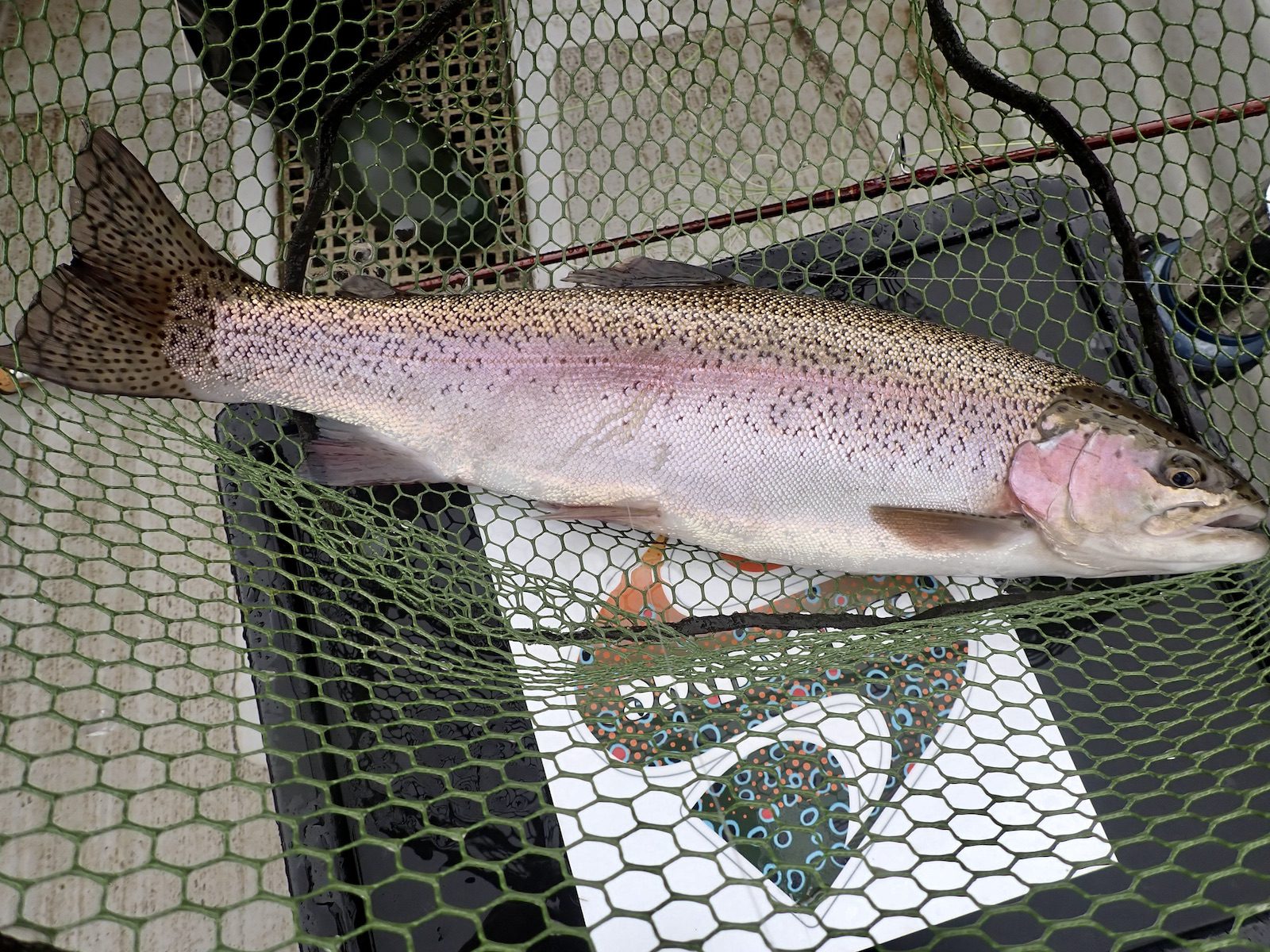
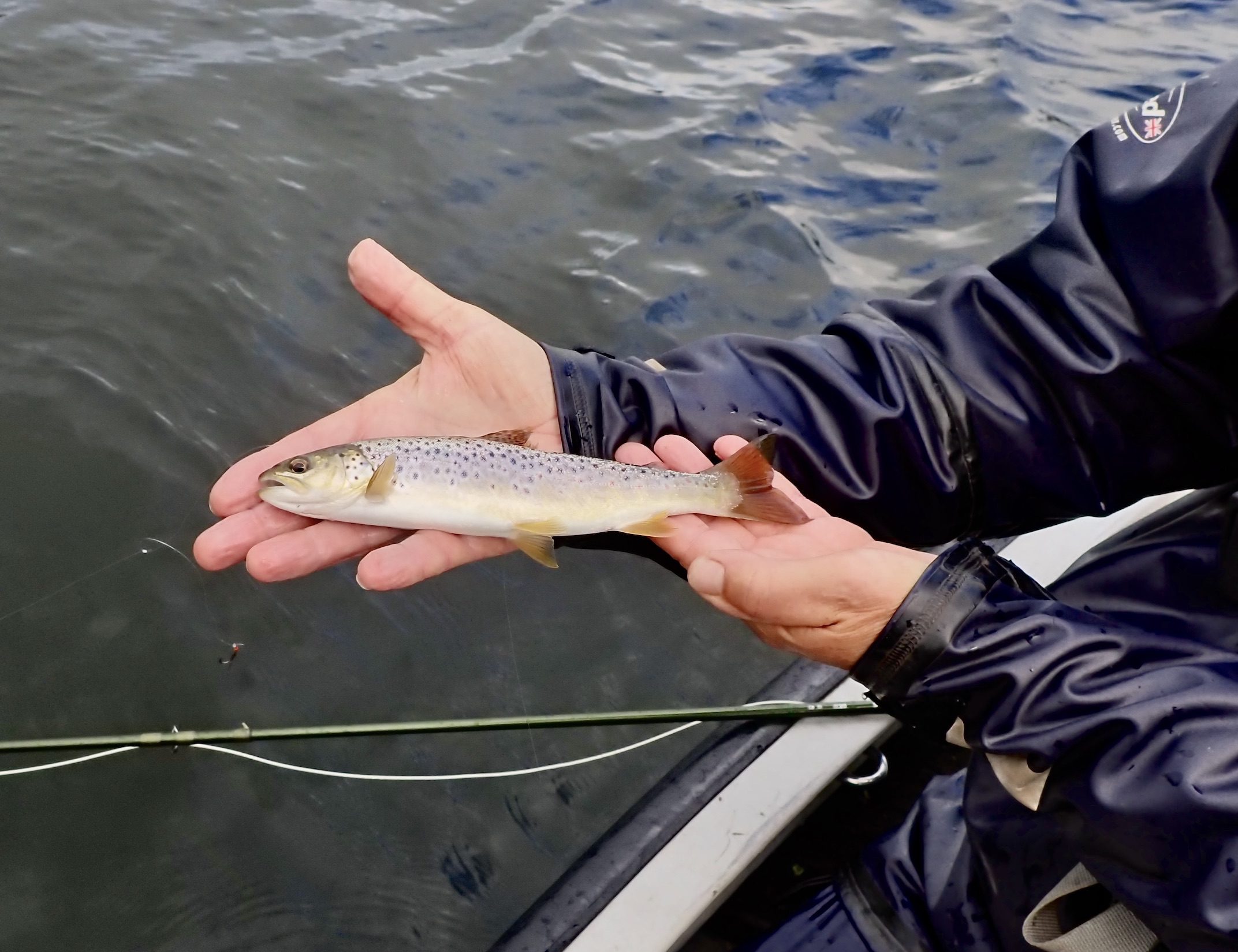
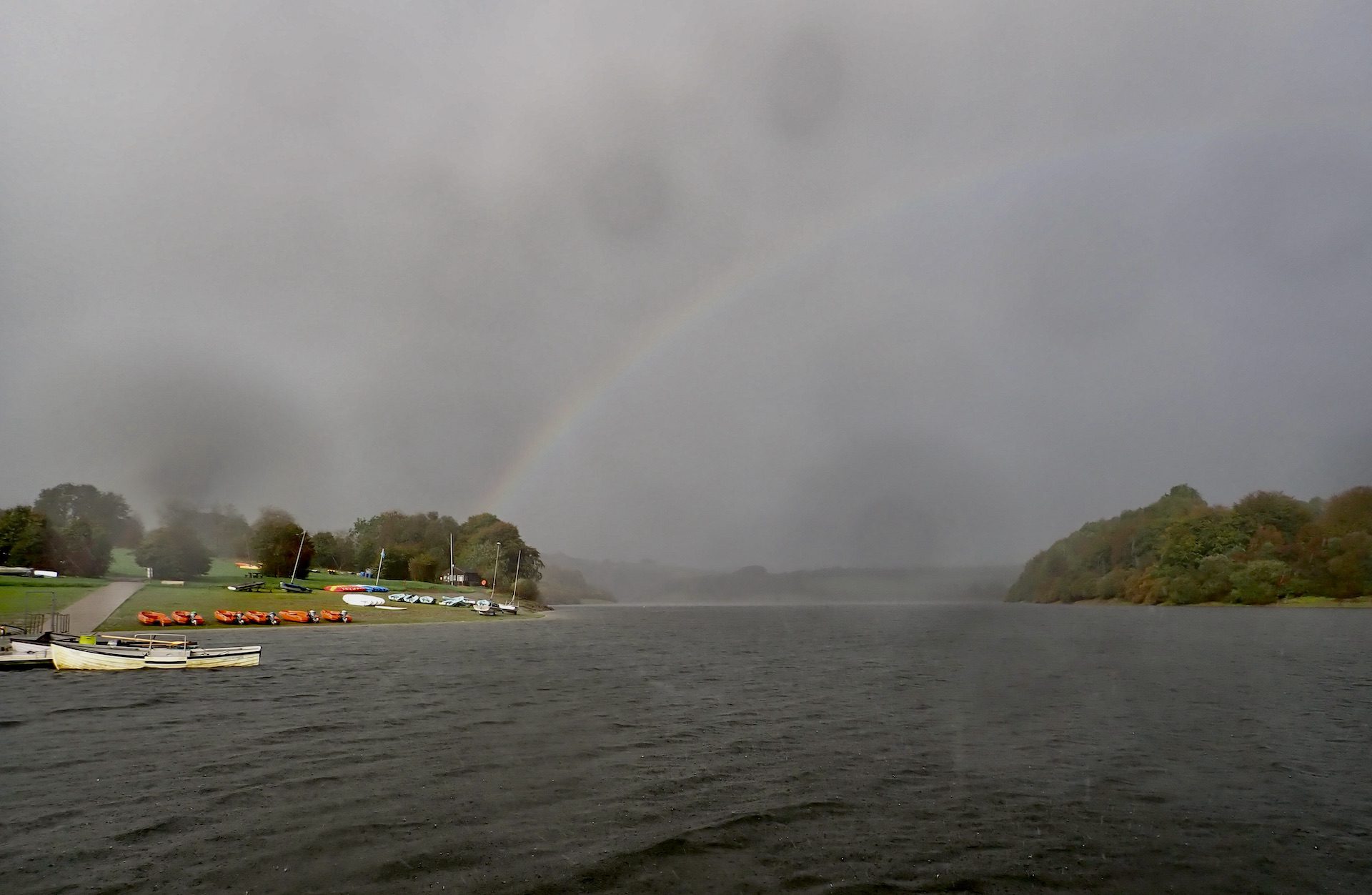
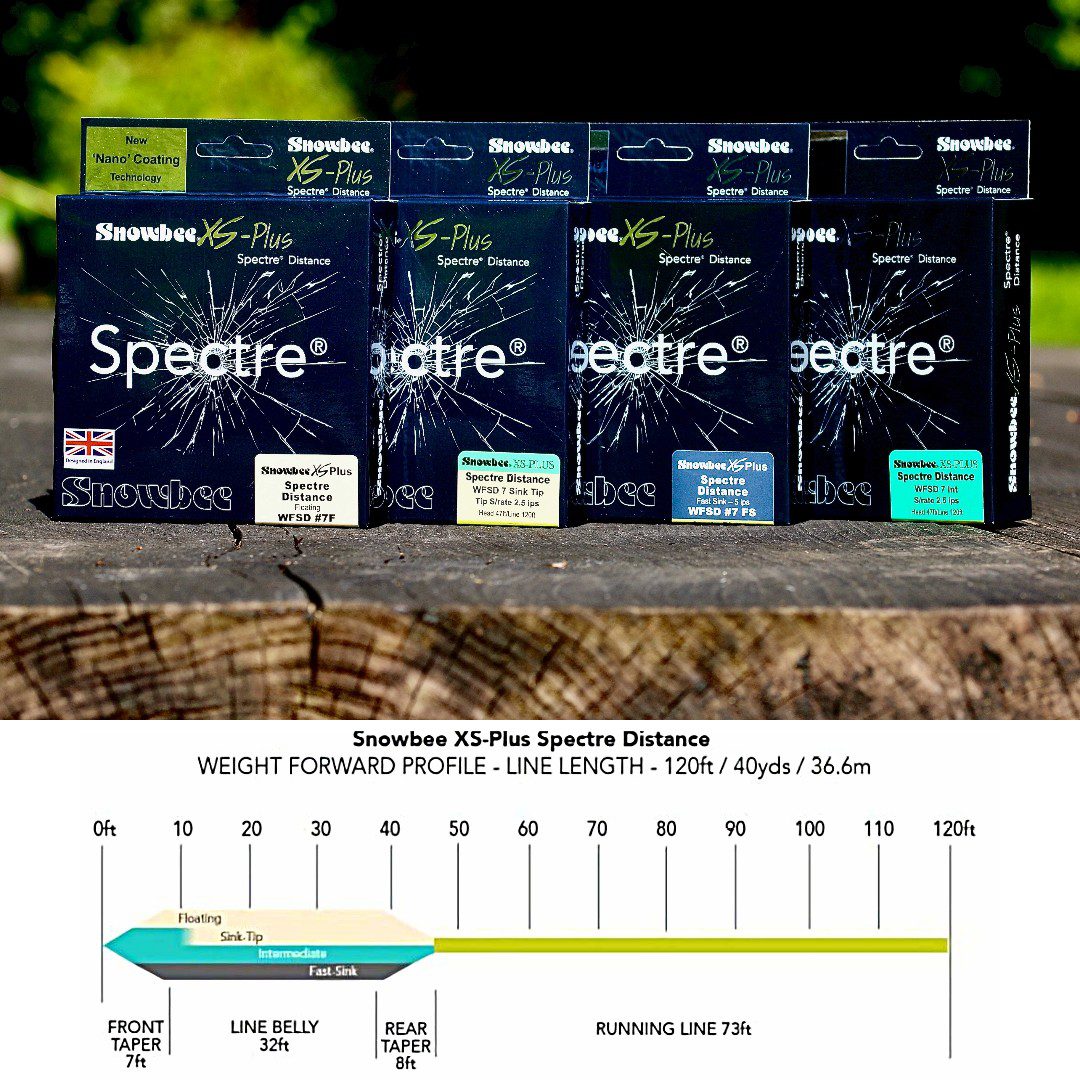
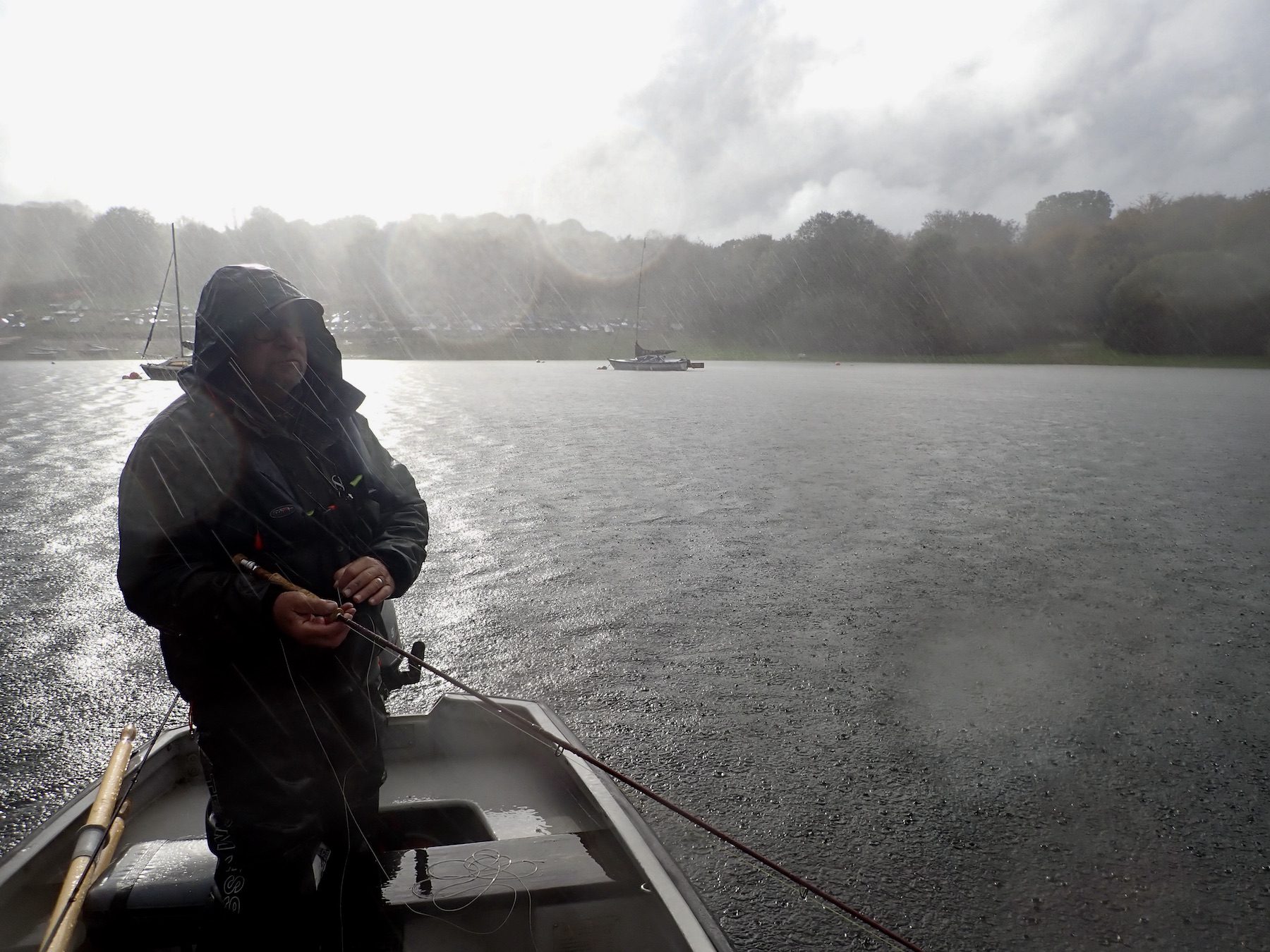


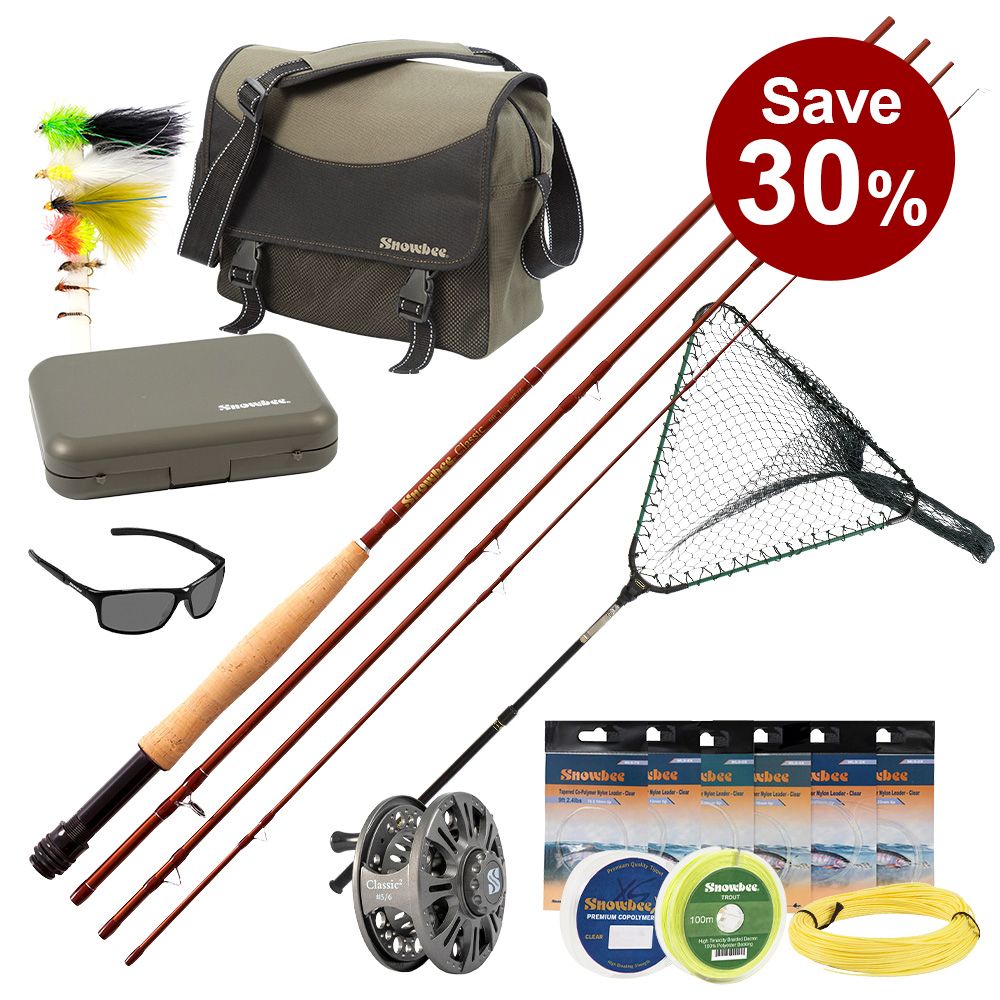


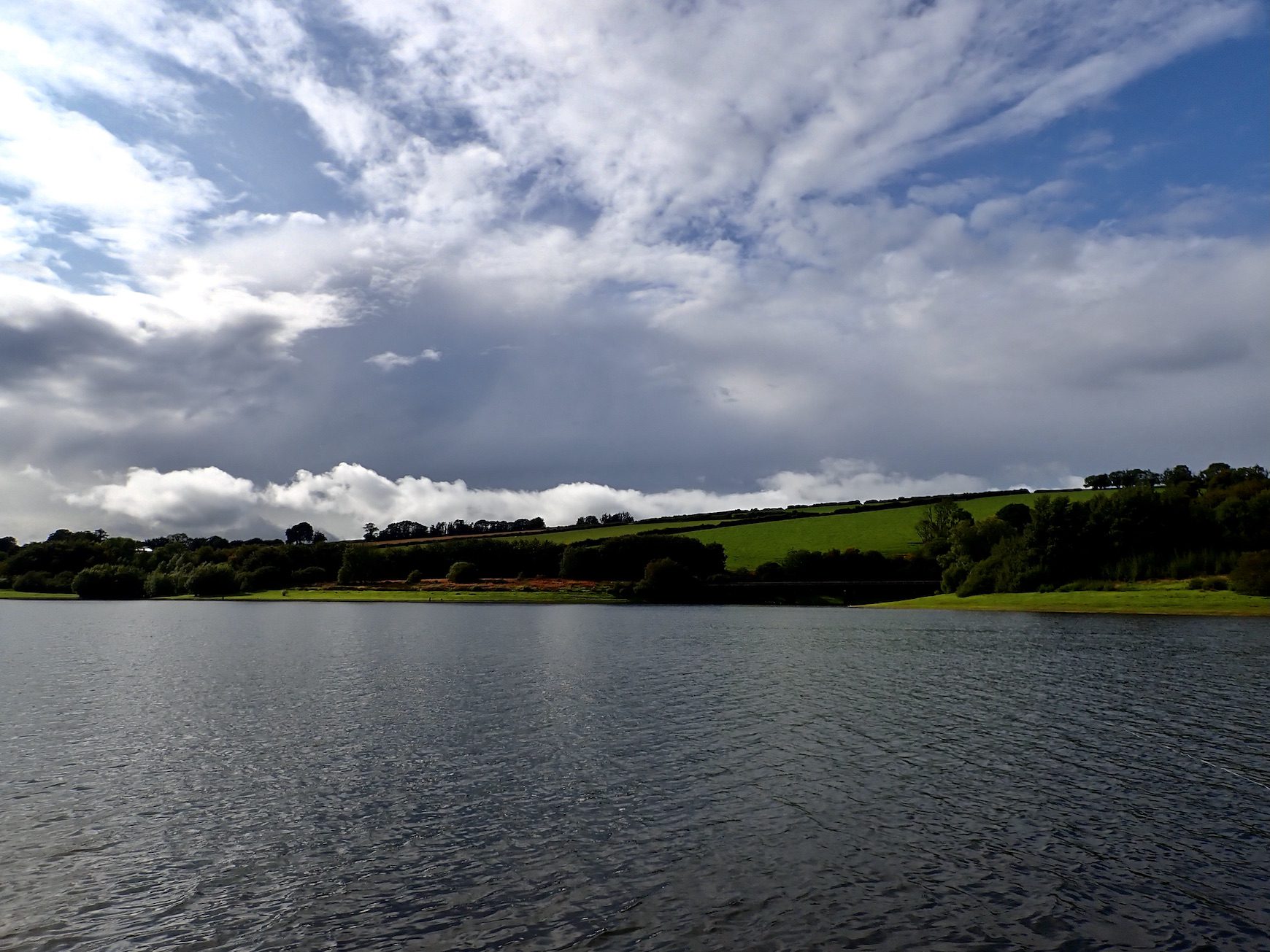 July and August are often quiet months for Stillwater trout fishing with last season an absolute disaster with the prolonged drought and hot weather putting fish off the feed or sending them into the cooler depths of the lake. This year has been different and after a wet and cooler July and August I had heard that Wimbleball was fishing well. A trip was undoubtedly needed but with jobs to do at home an all day trip was not an option.
July and August are often quiet months for Stillwater trout fishing with last season an absolute disaster with the prolonged drought and hot weather putting fish off the feed or sending them into the cooler depths of the lake. This year has been different and after a wet and cooler July and August I had heard that Wimbleball was fishing well. A trip was undoubtedly needed but with jobs to do at home an all day trip was not an option.